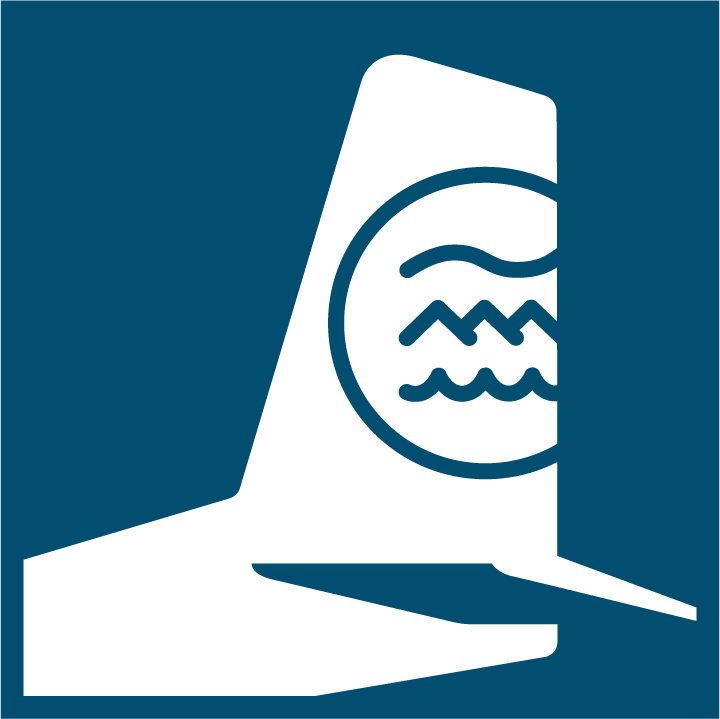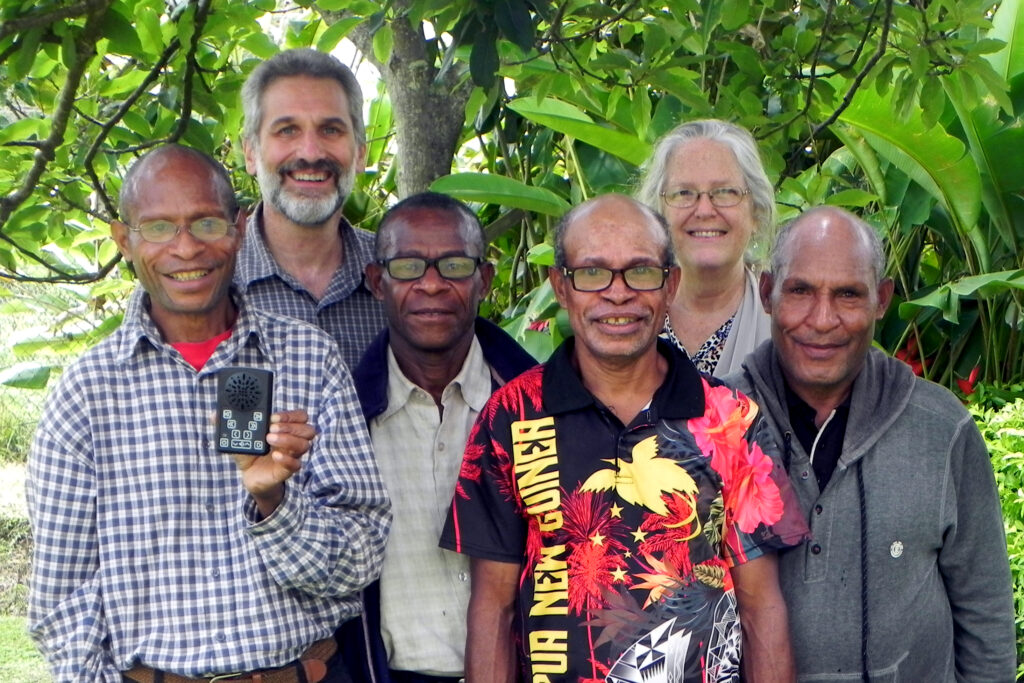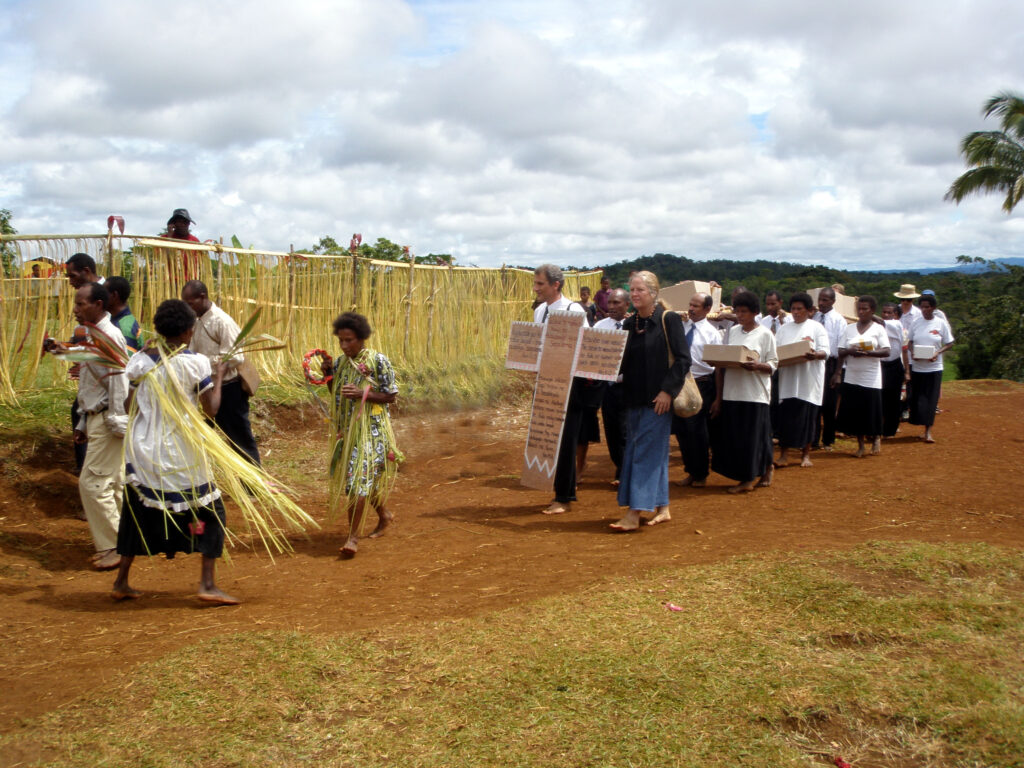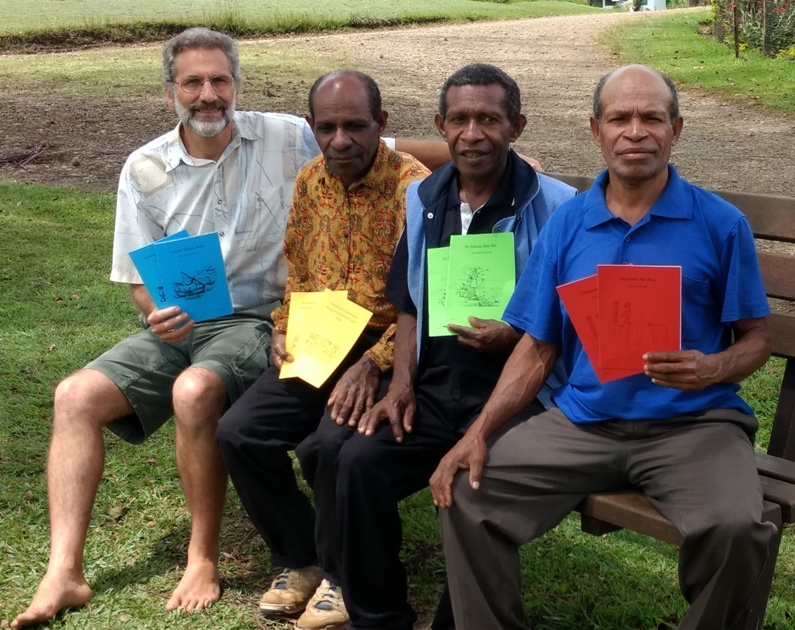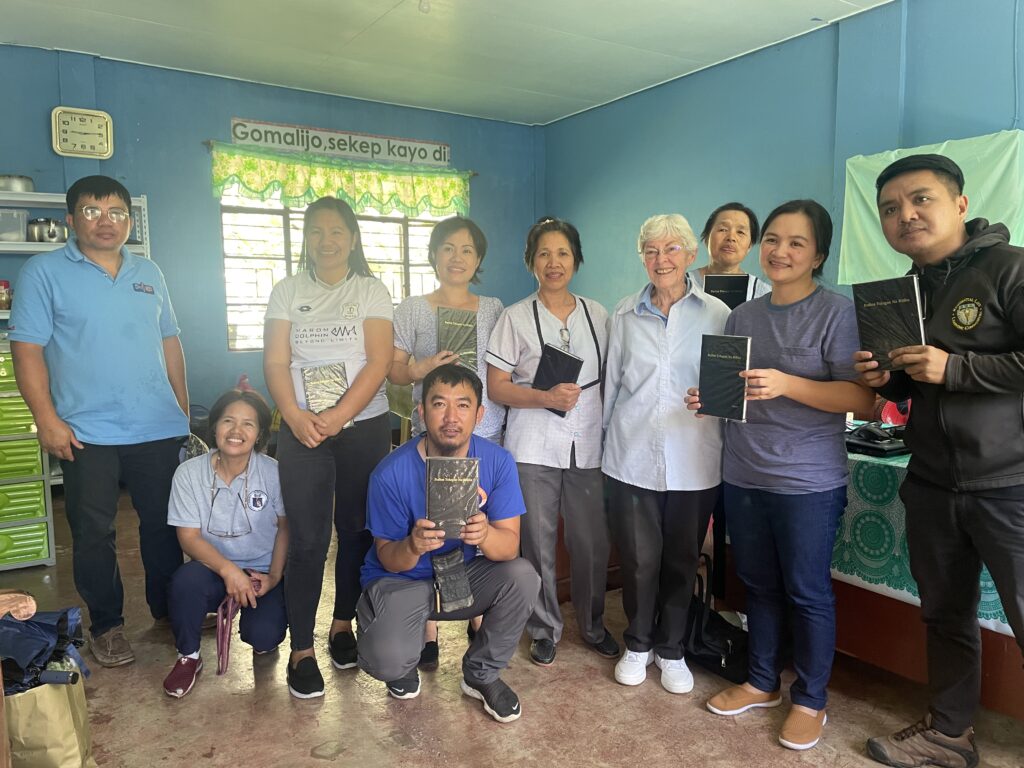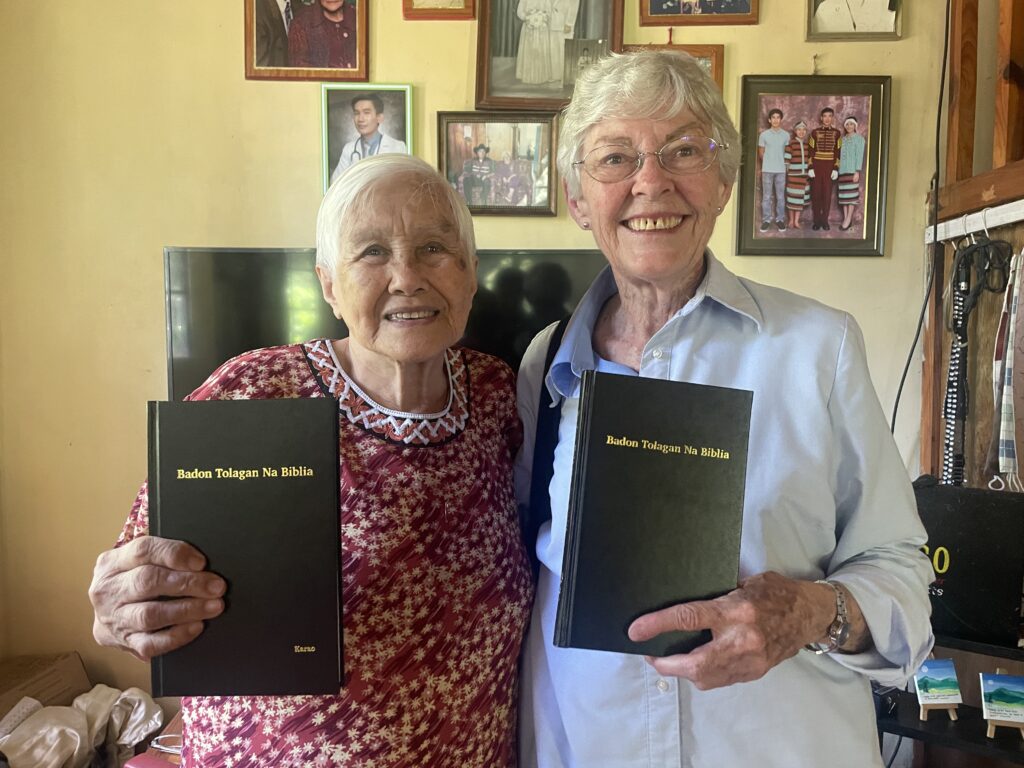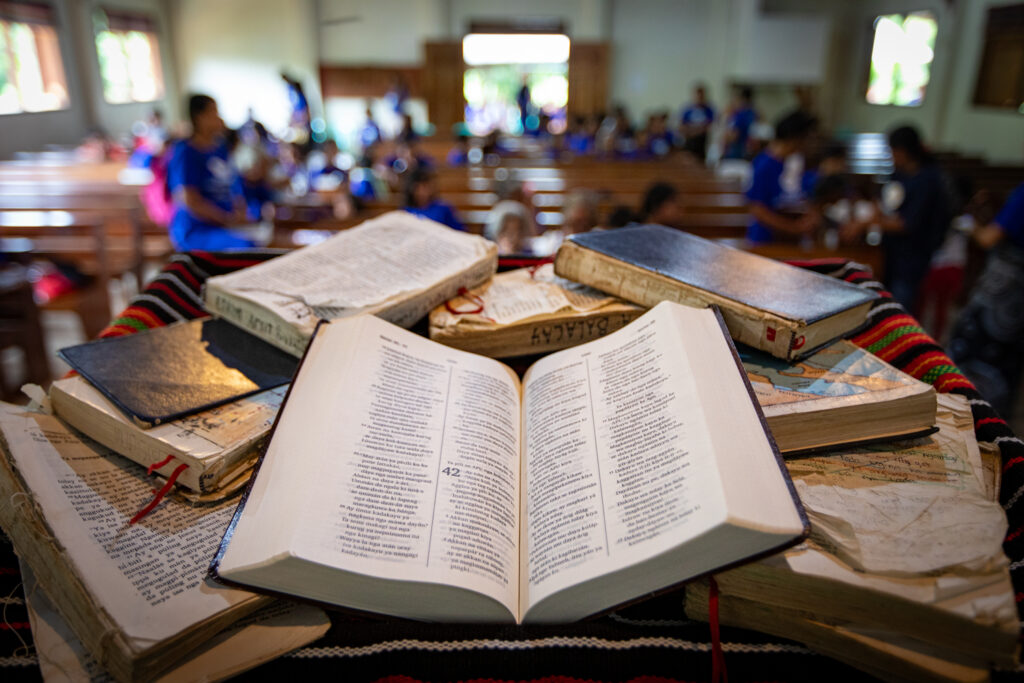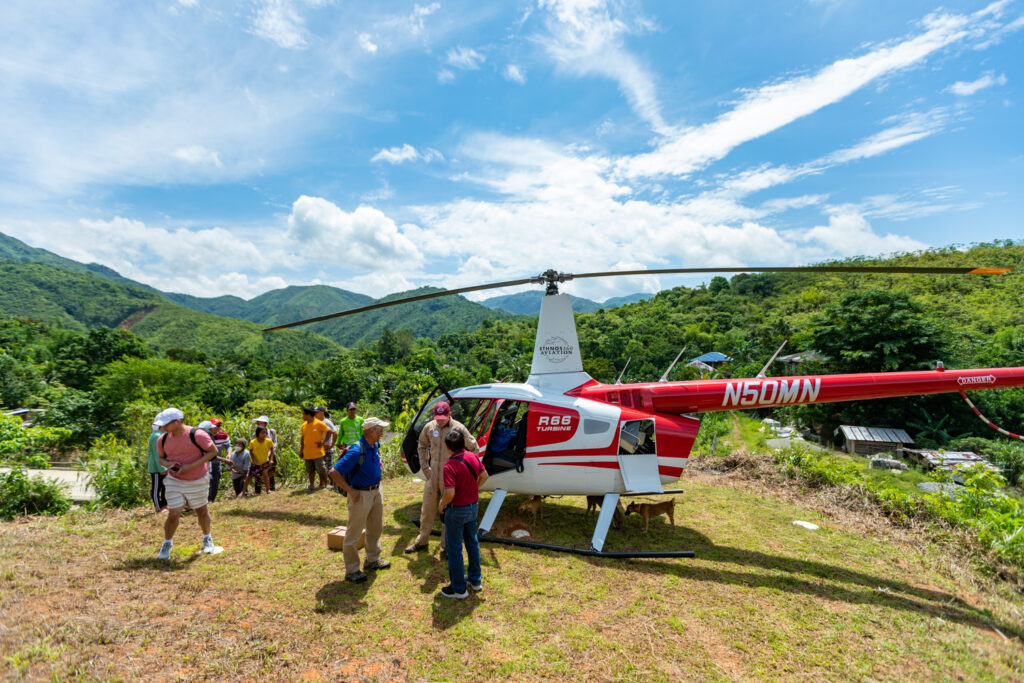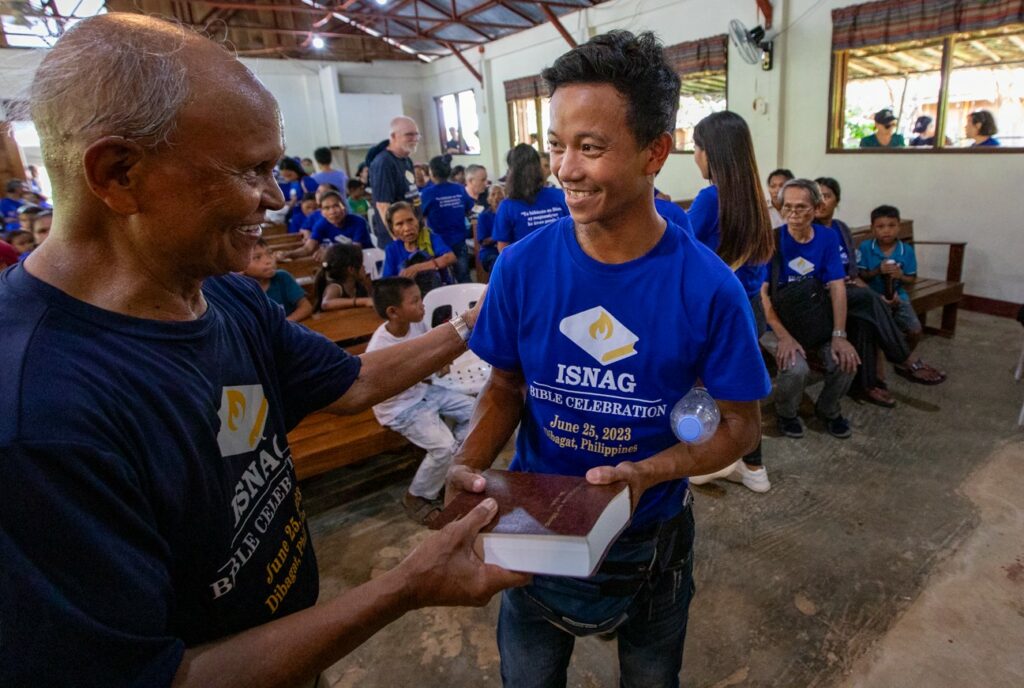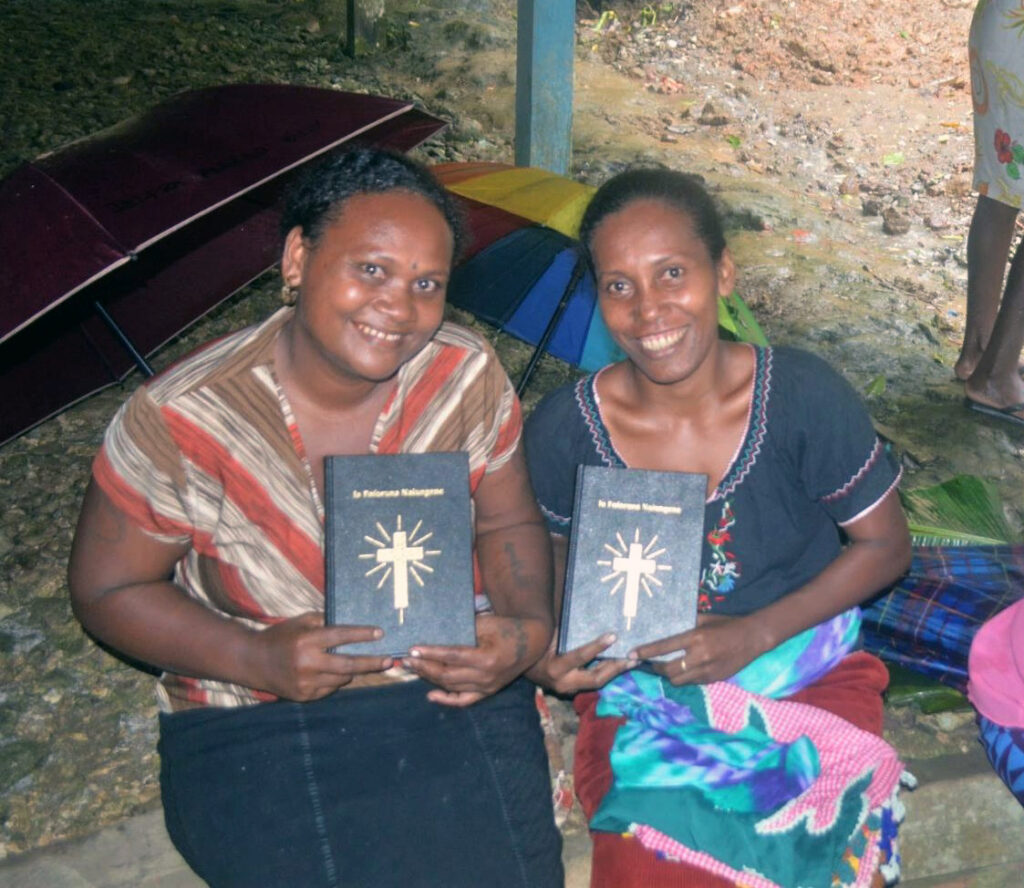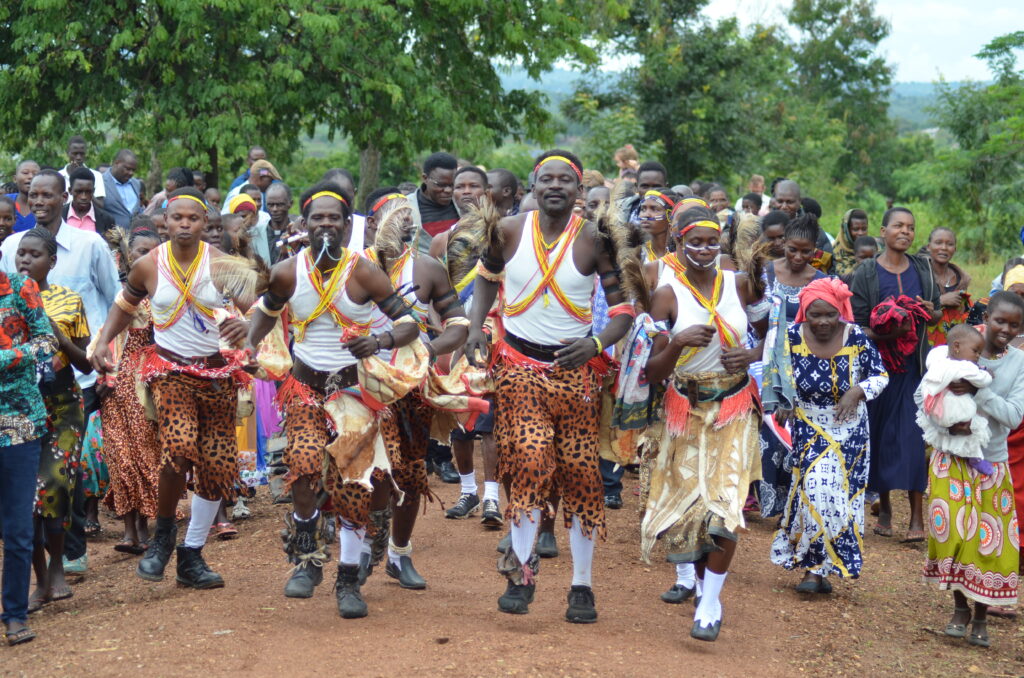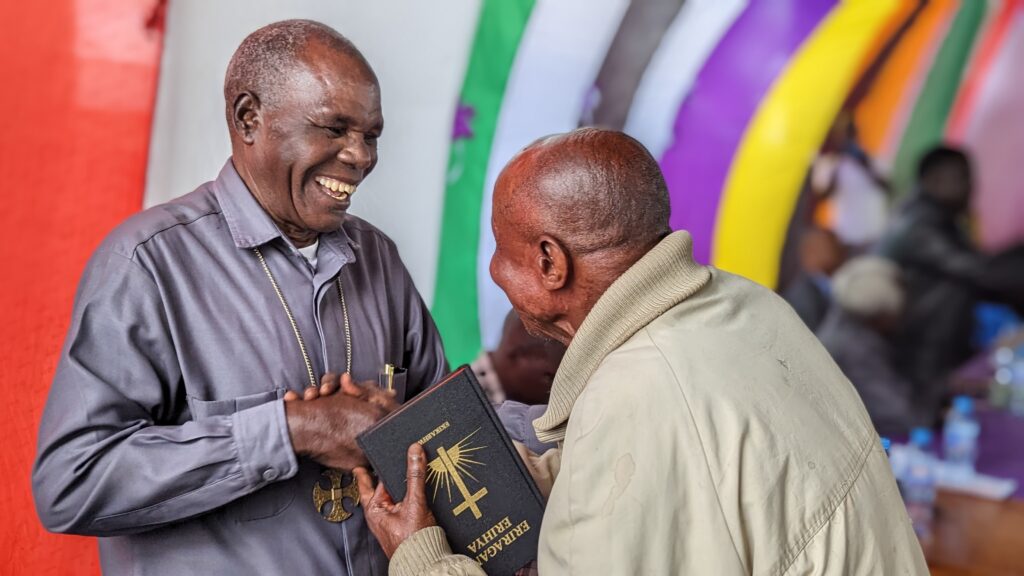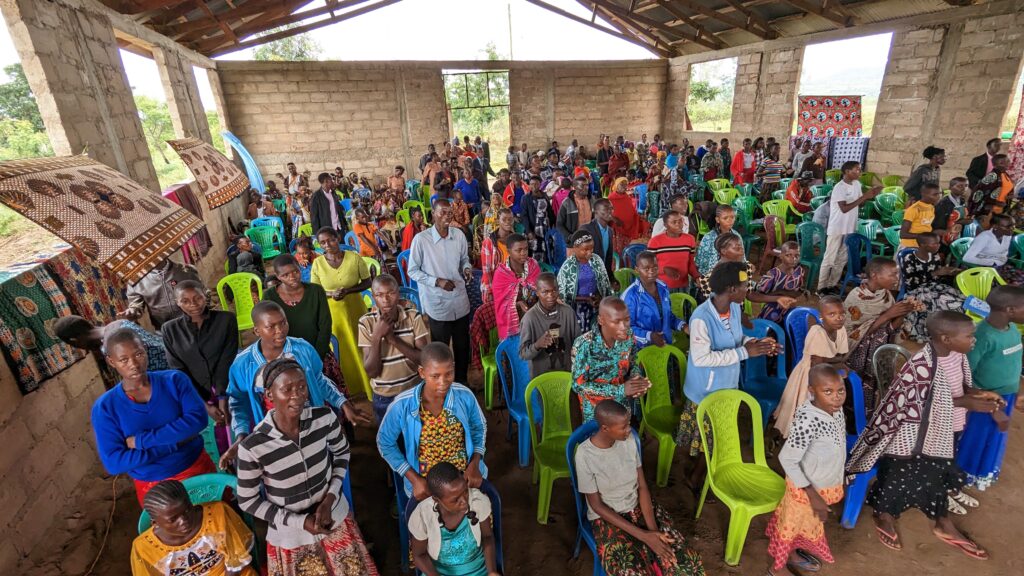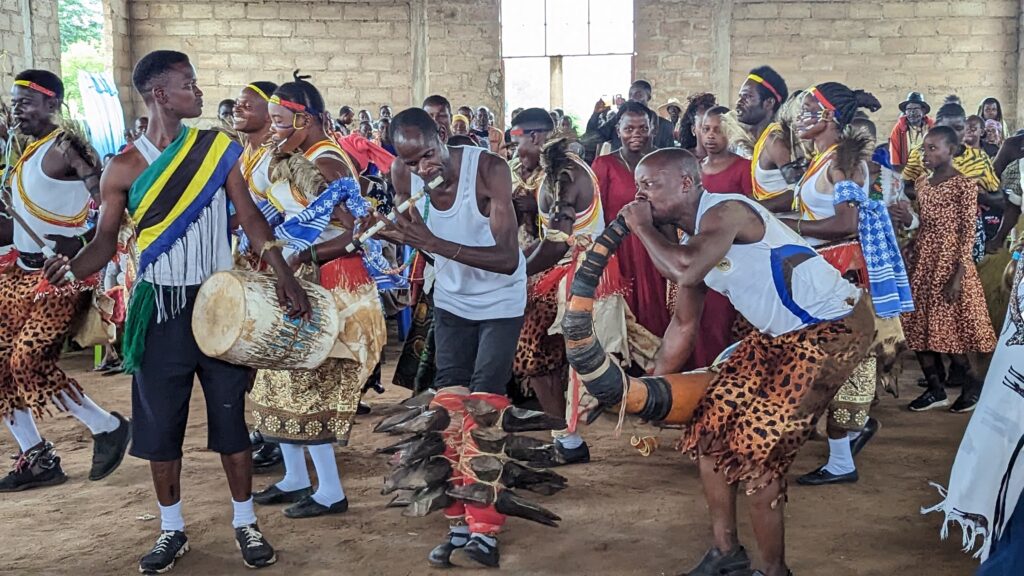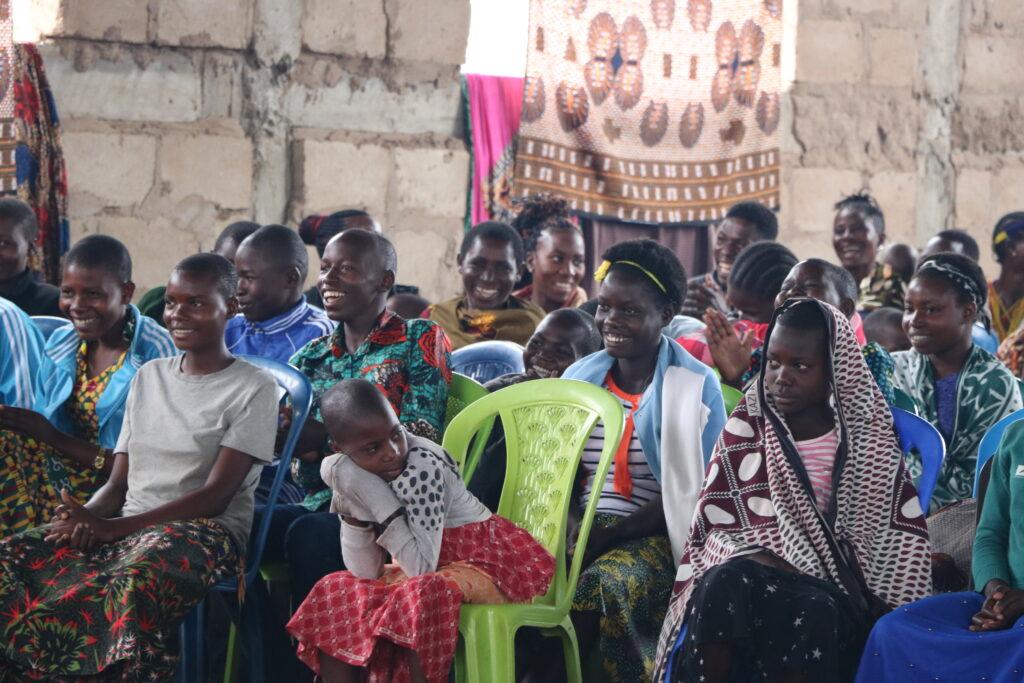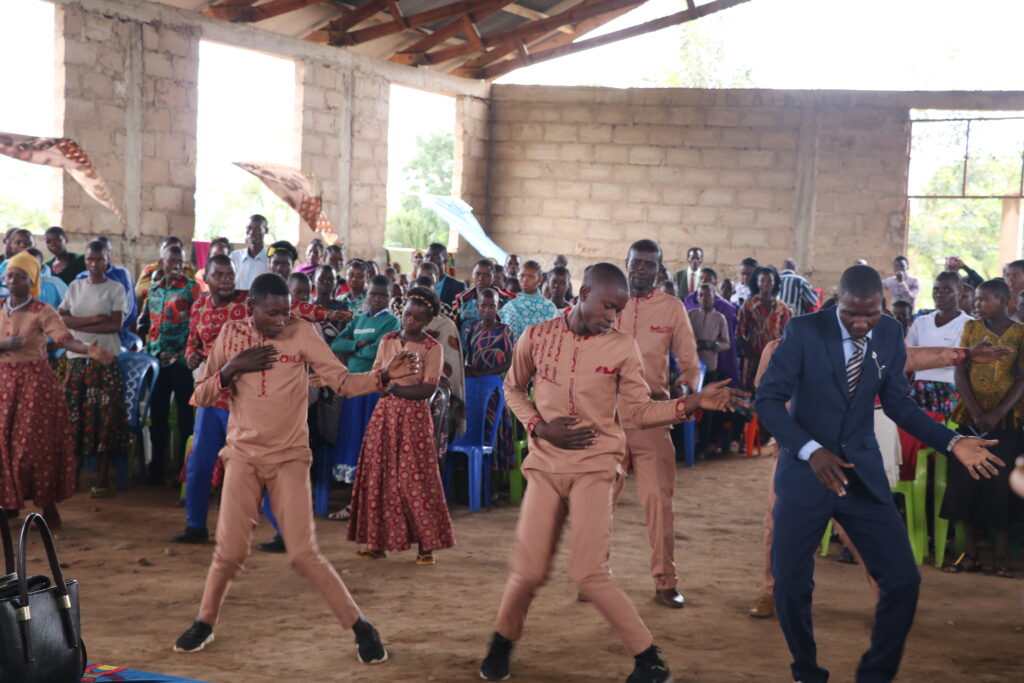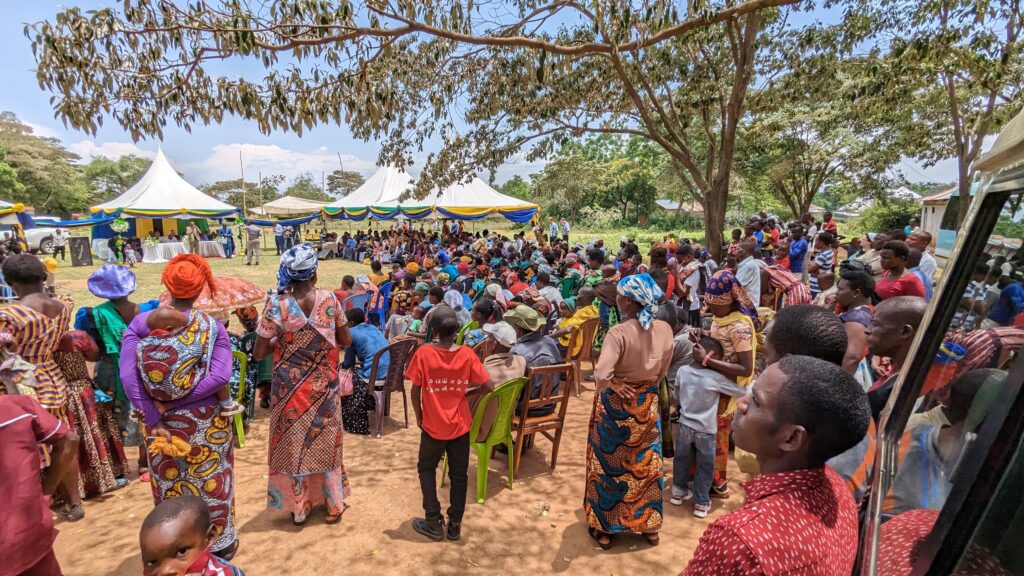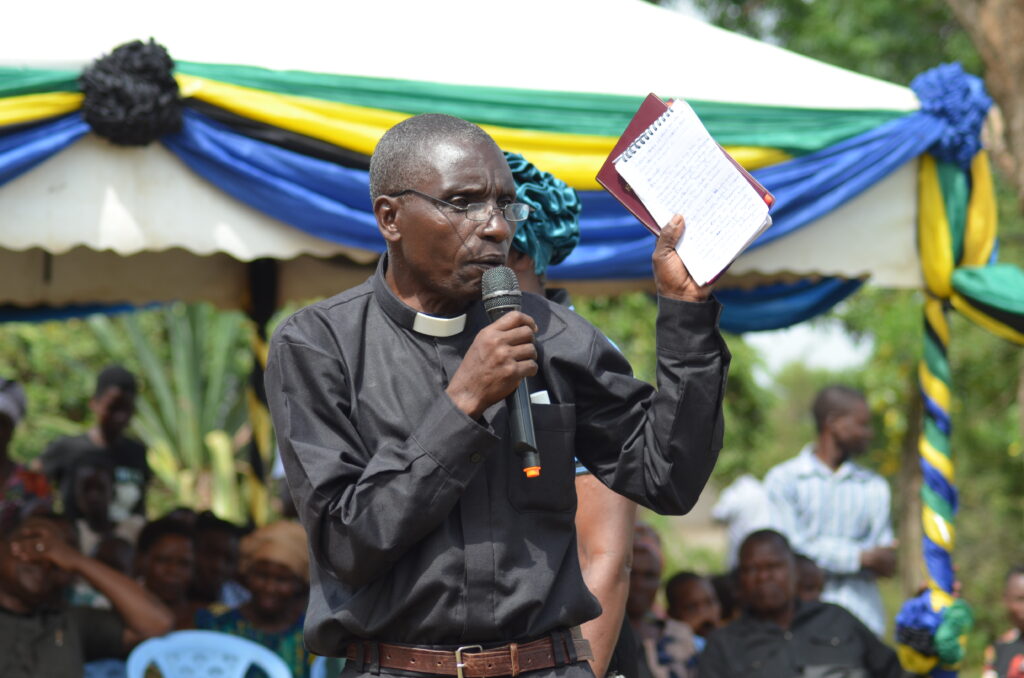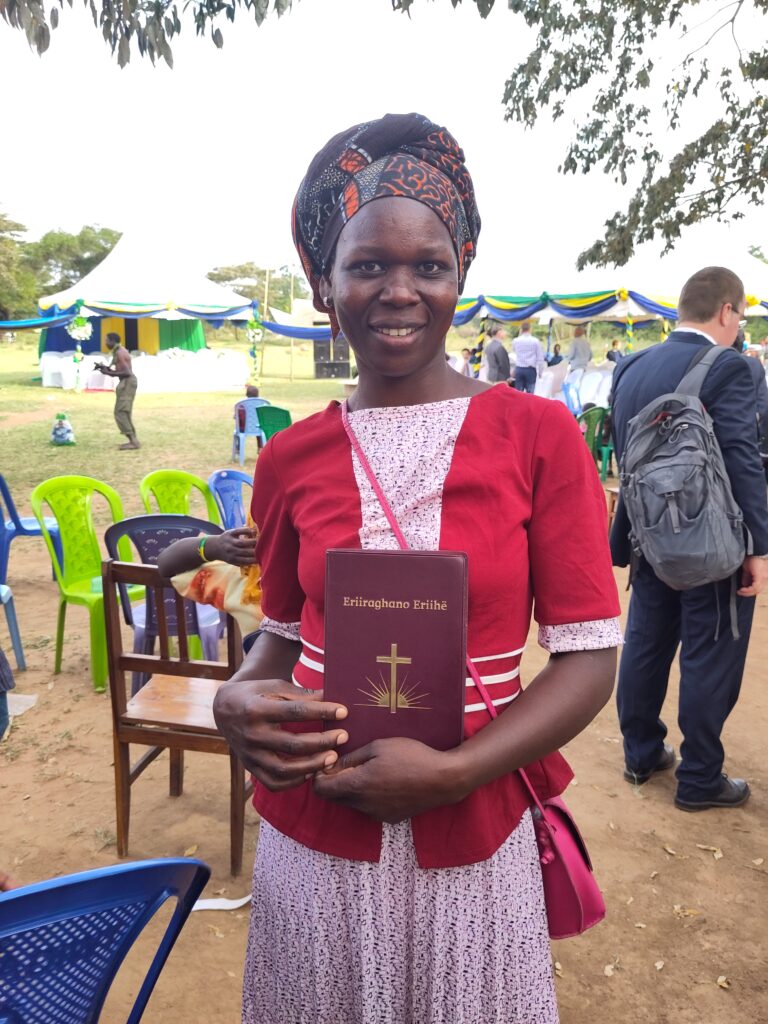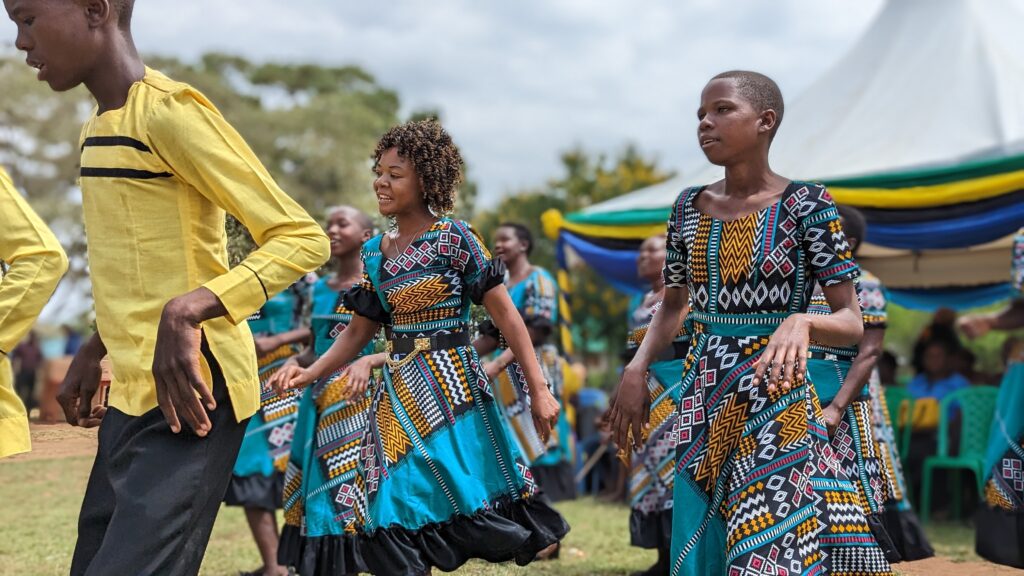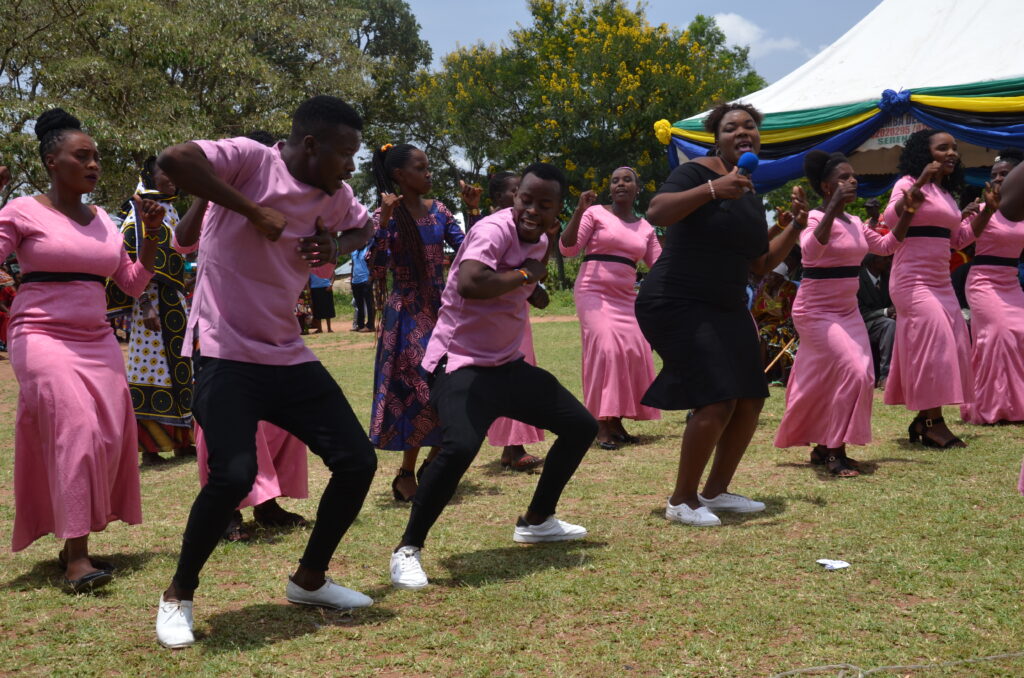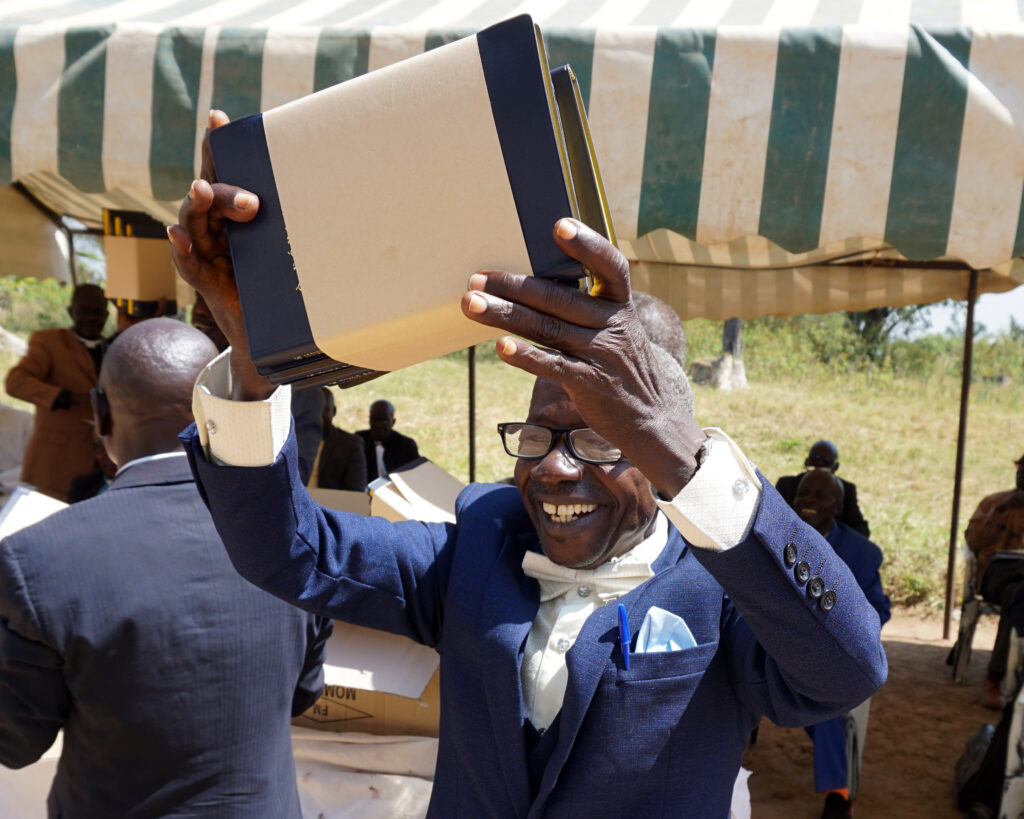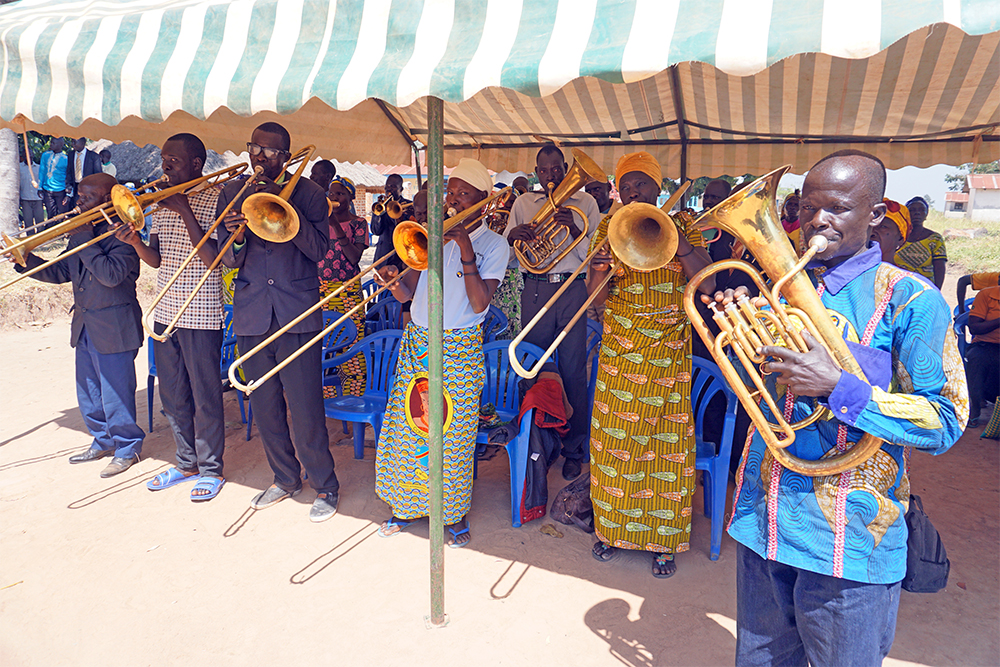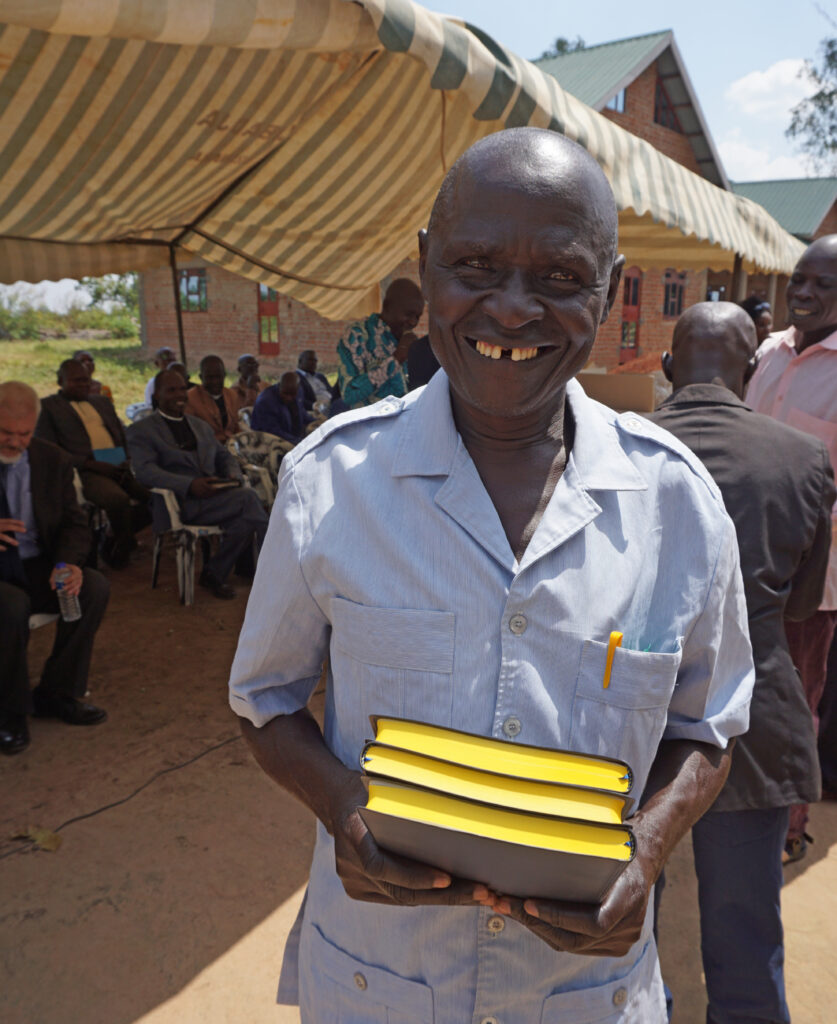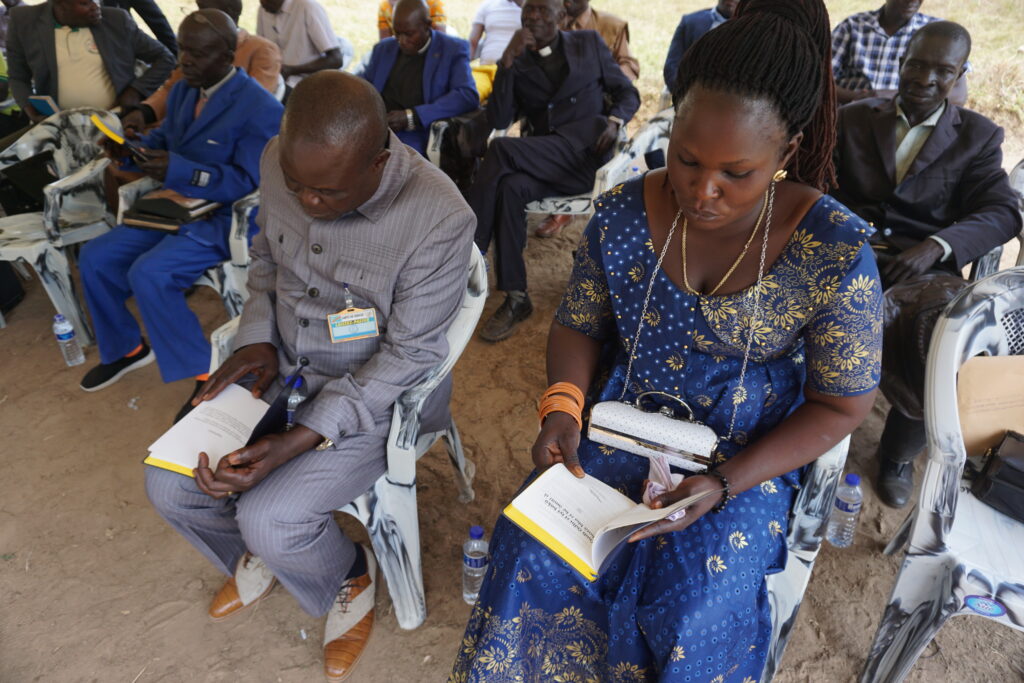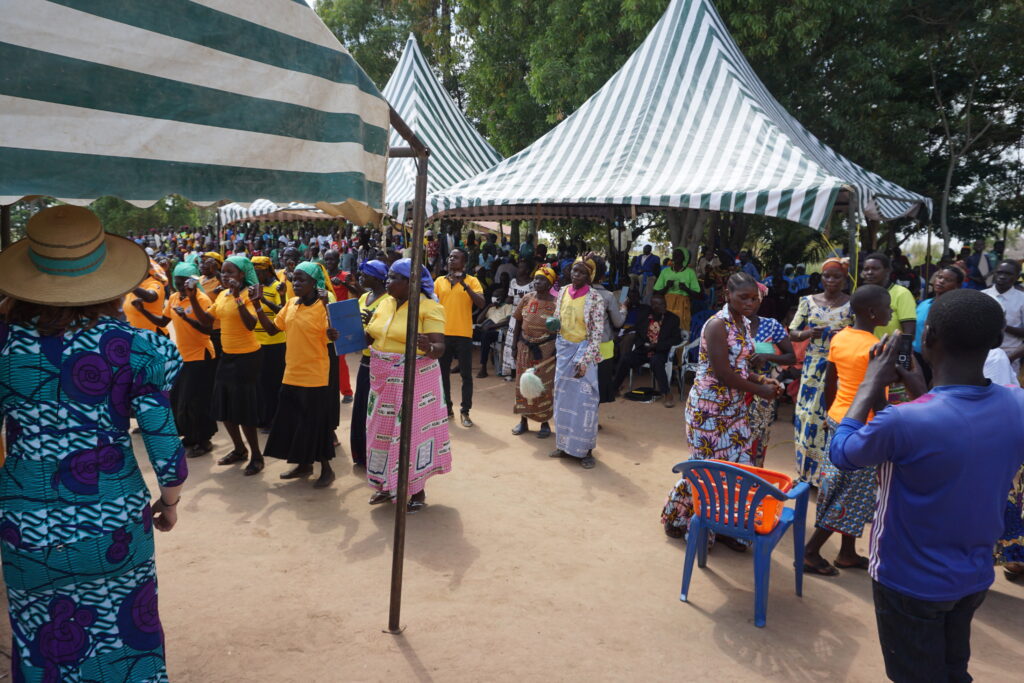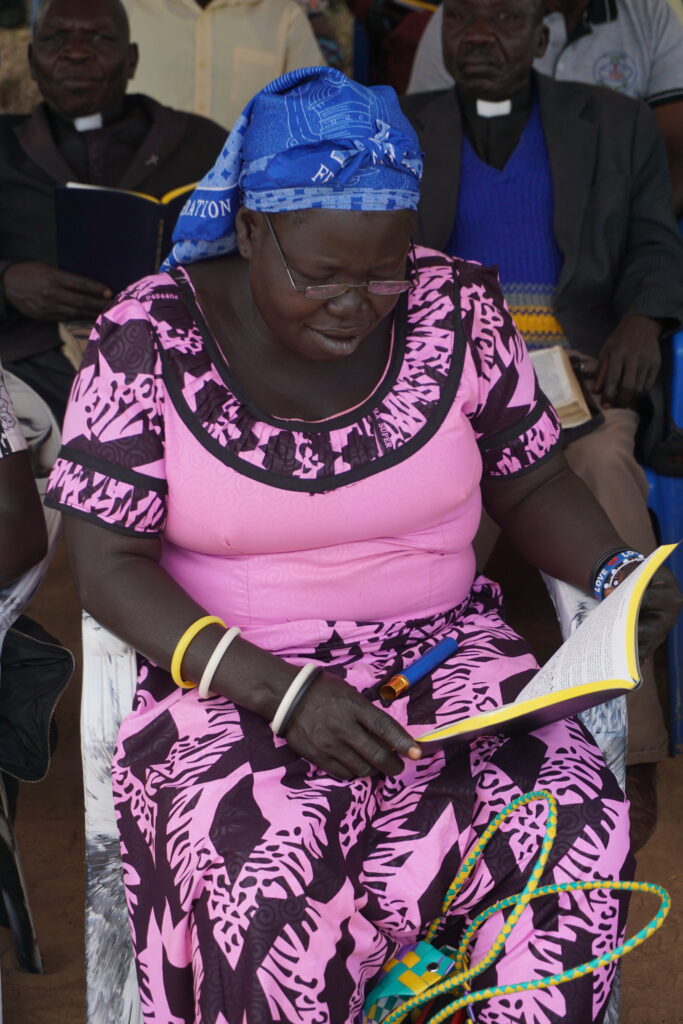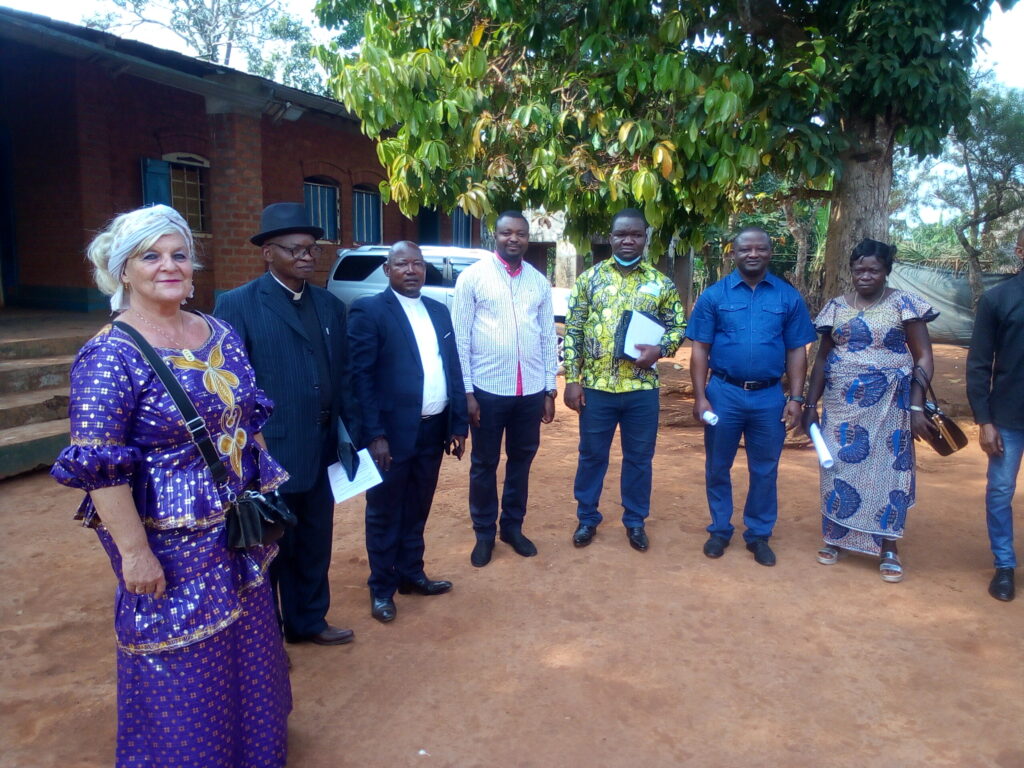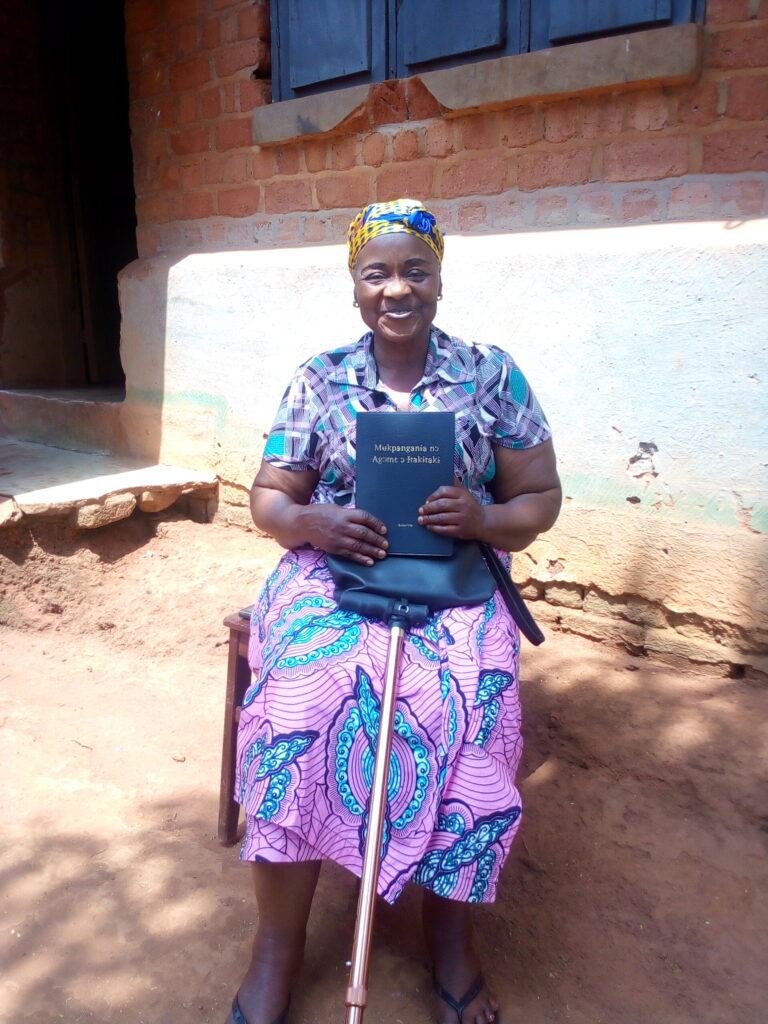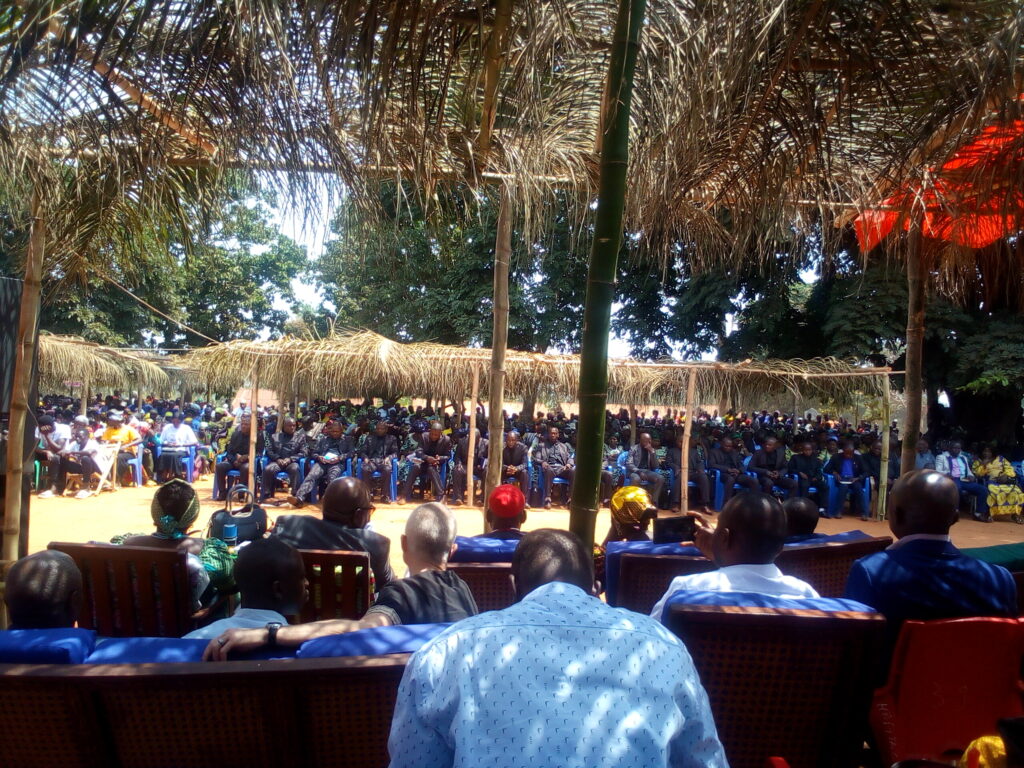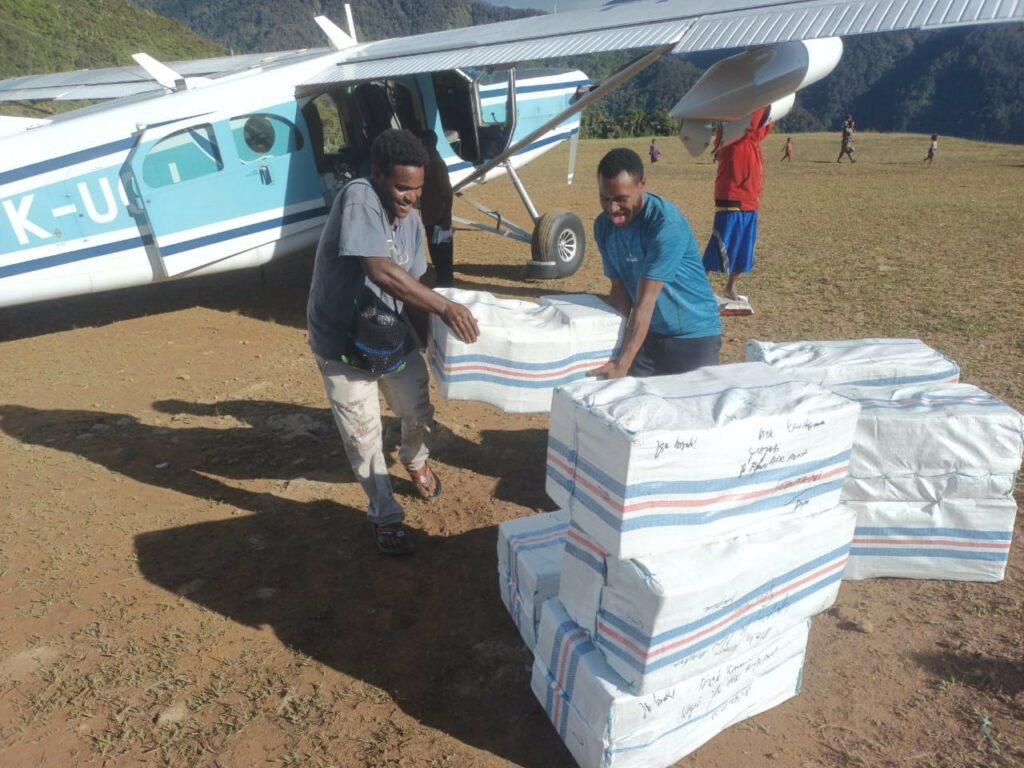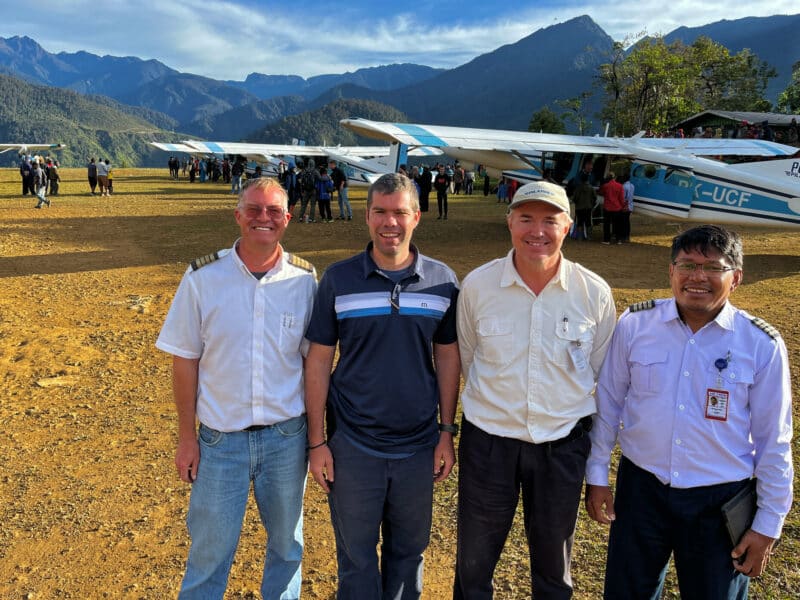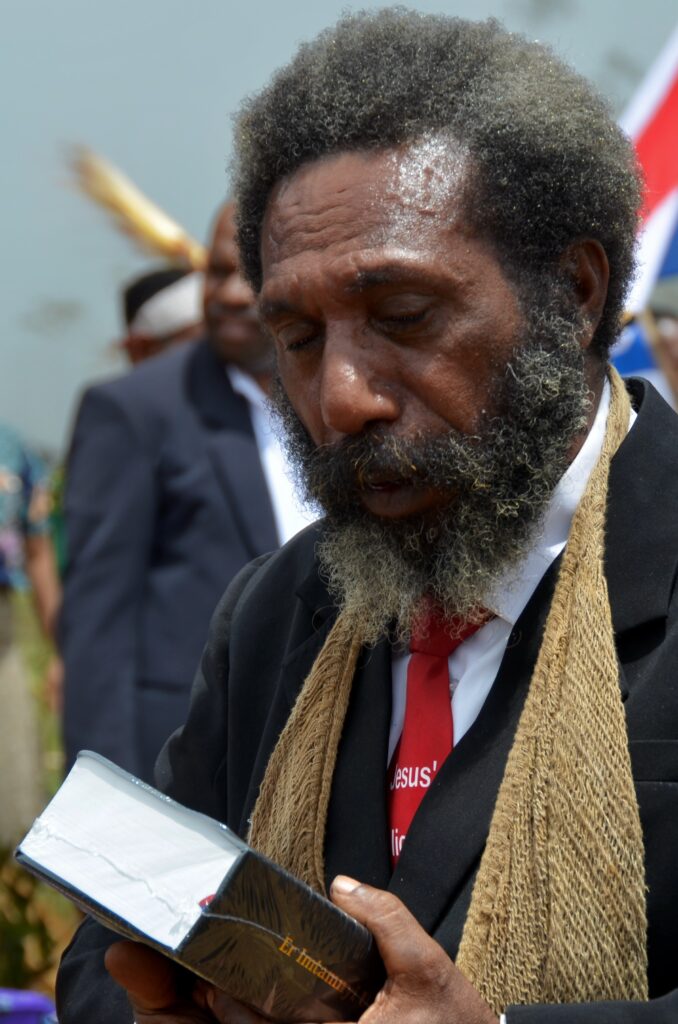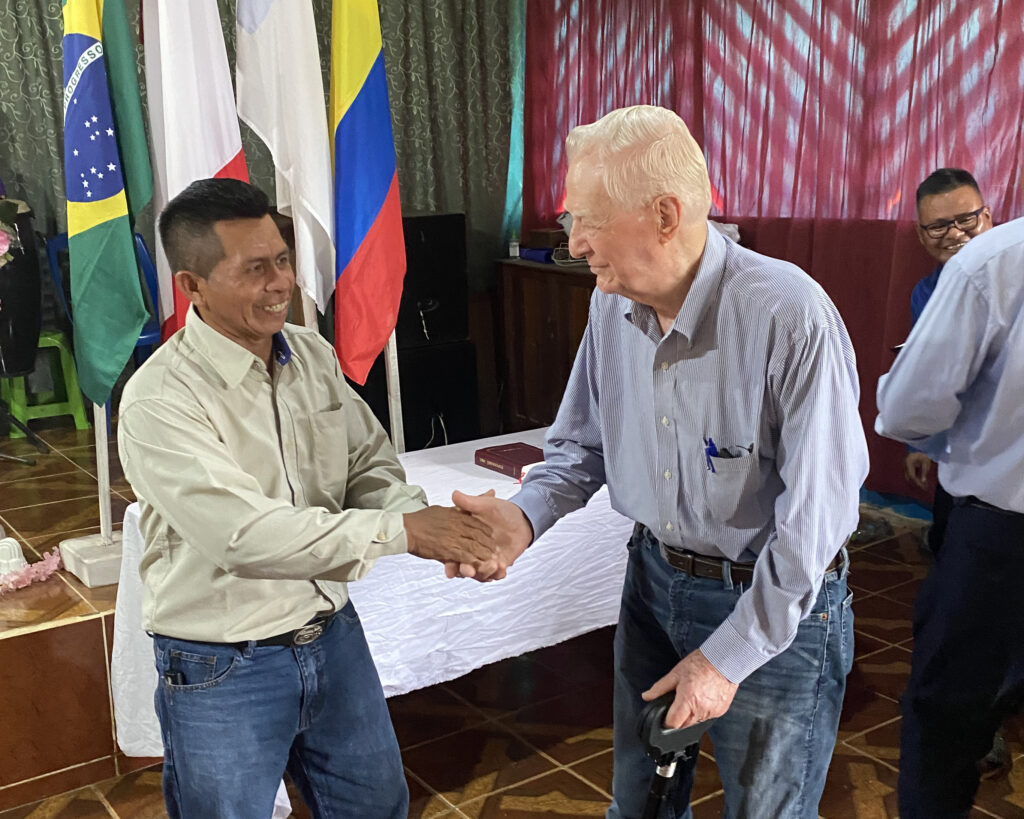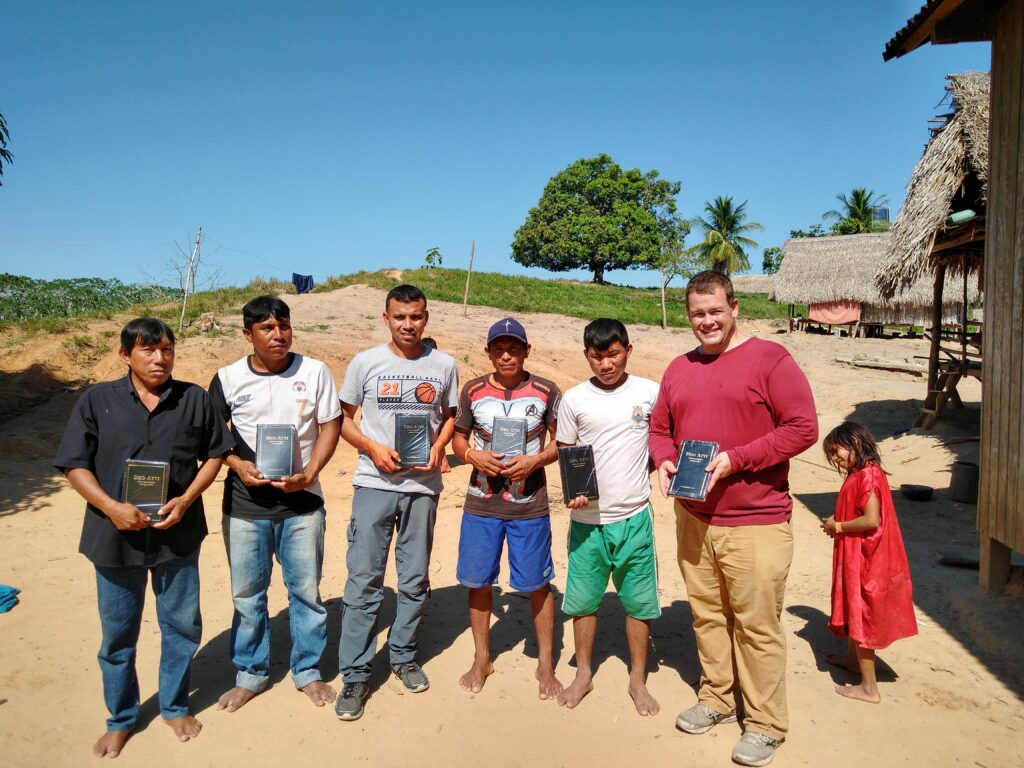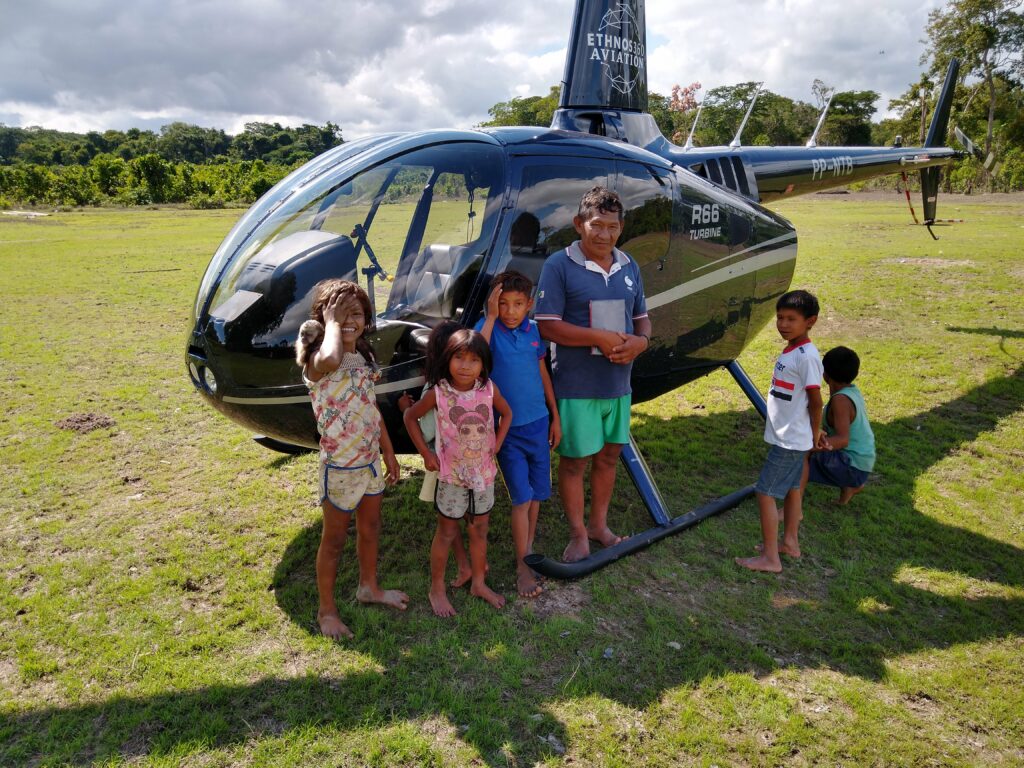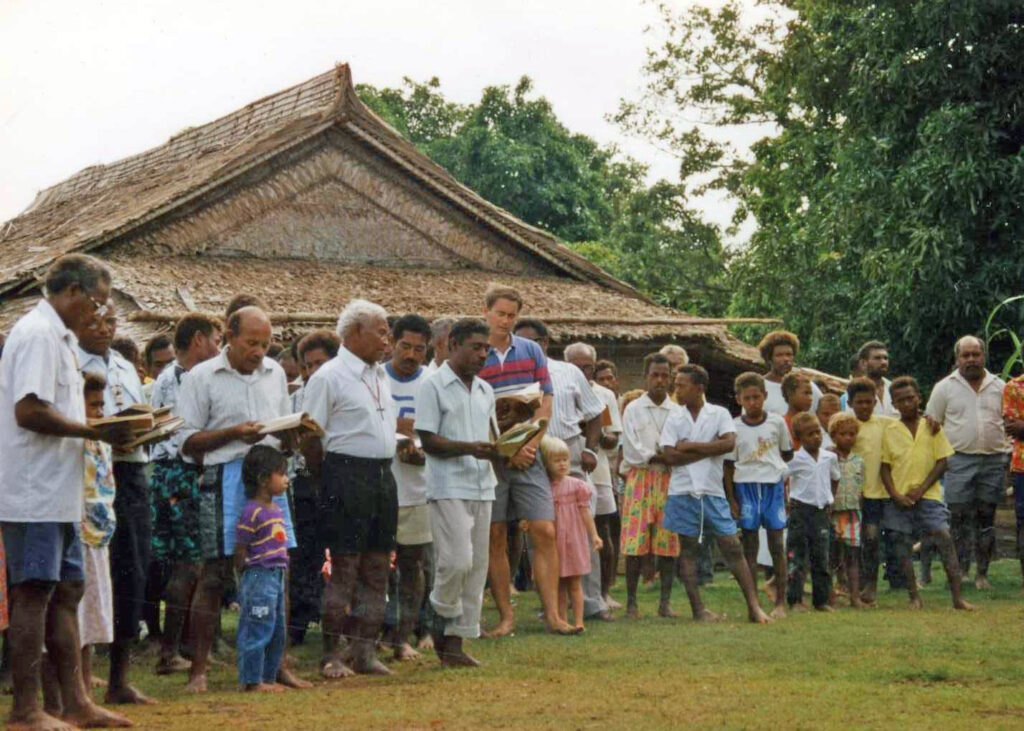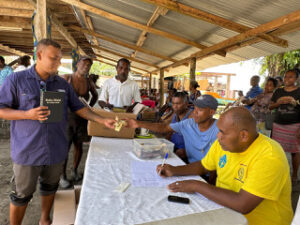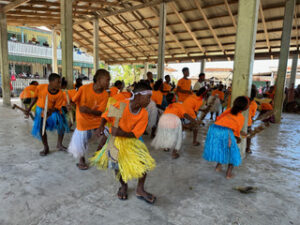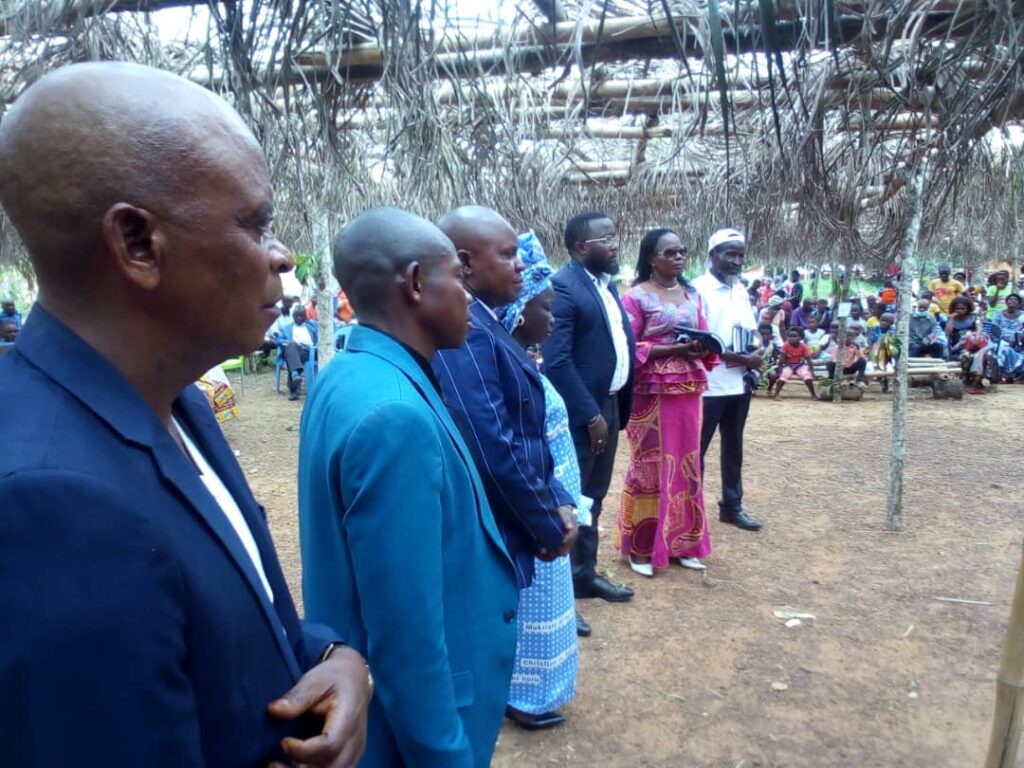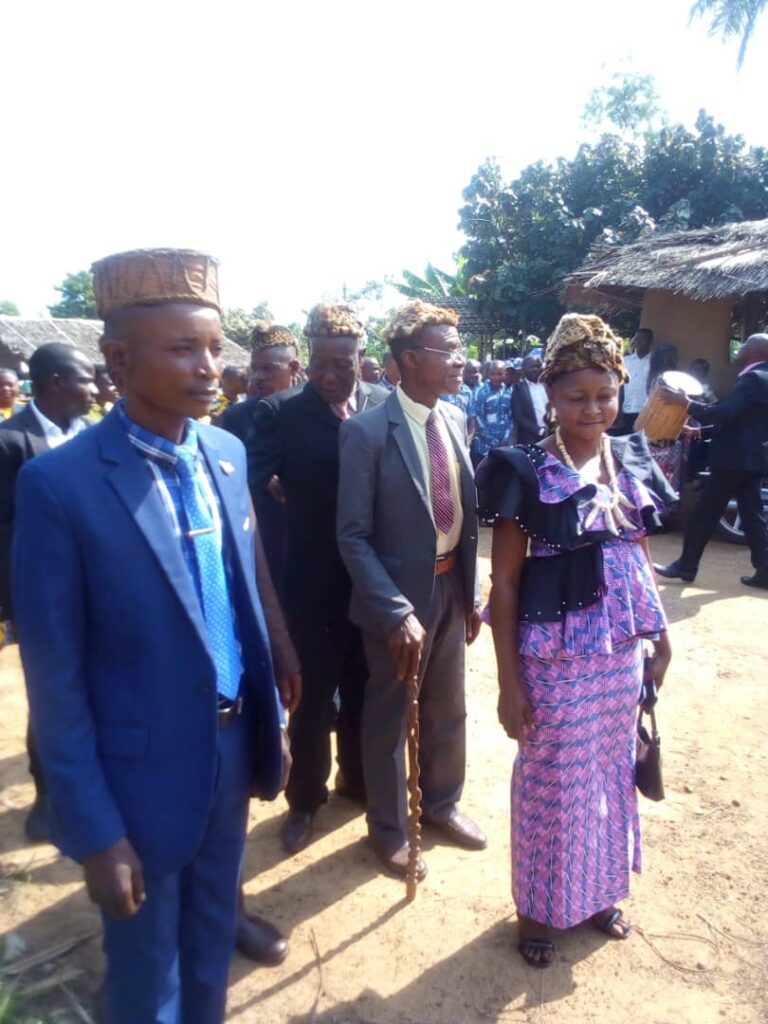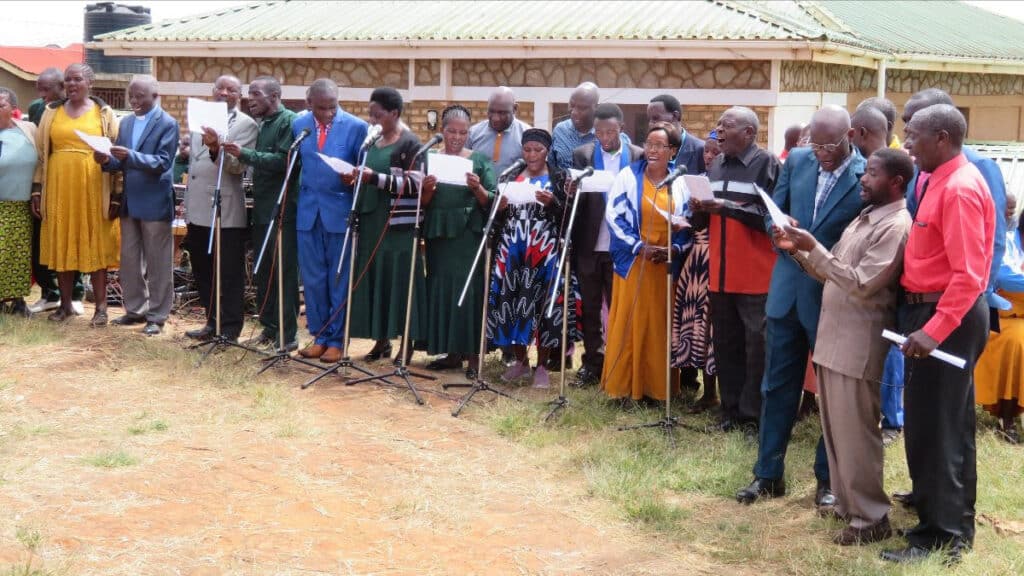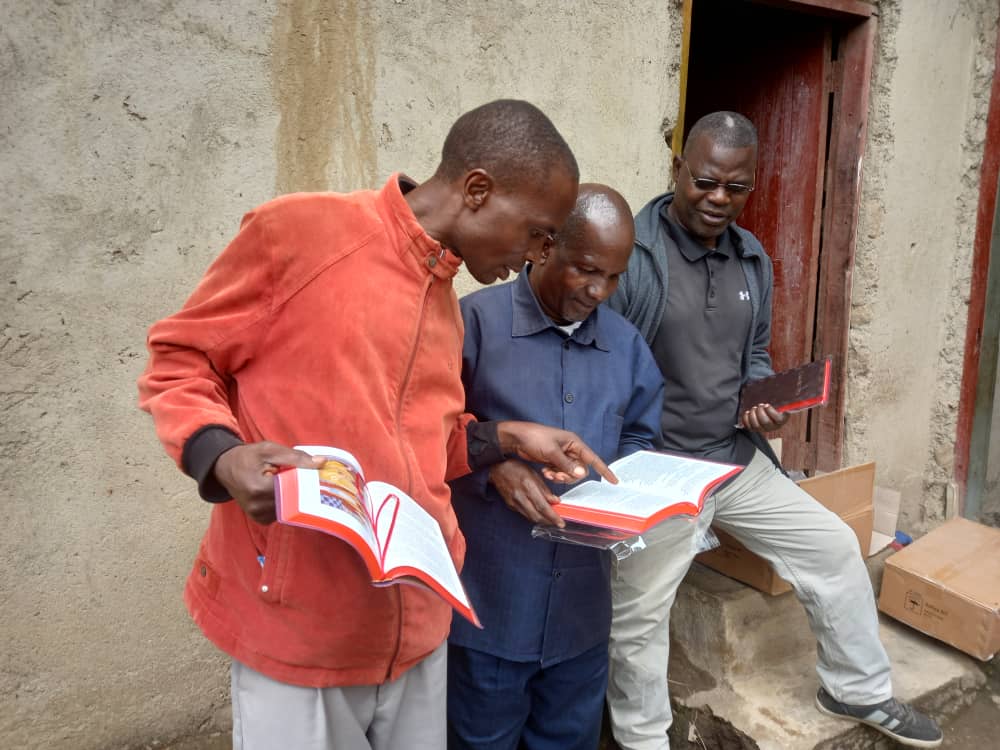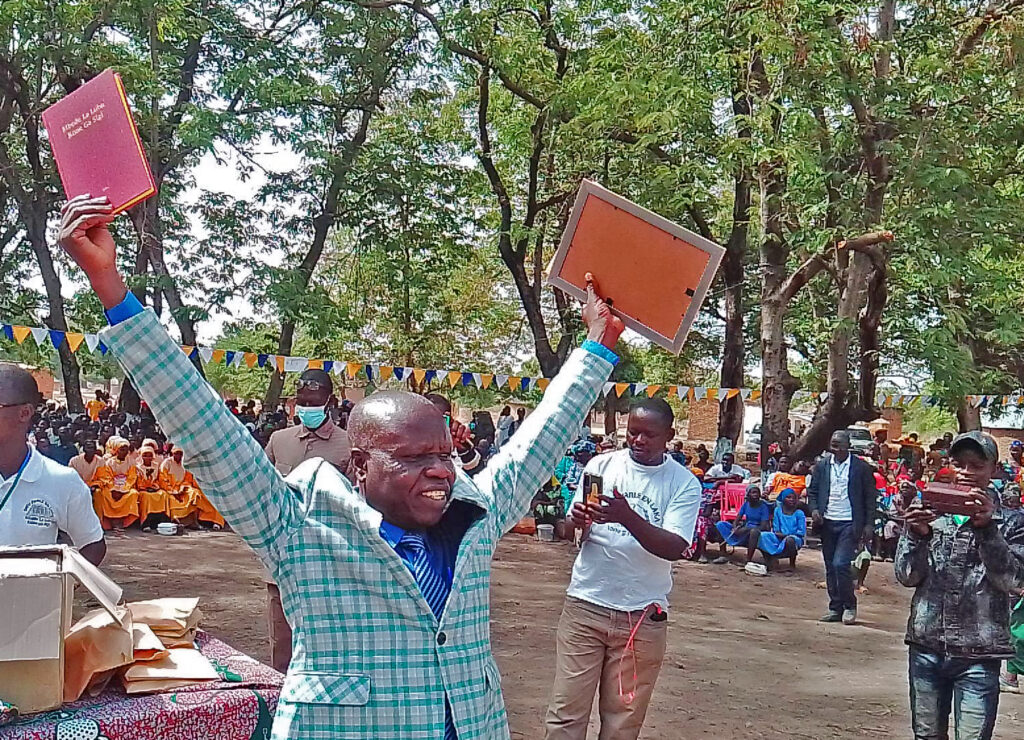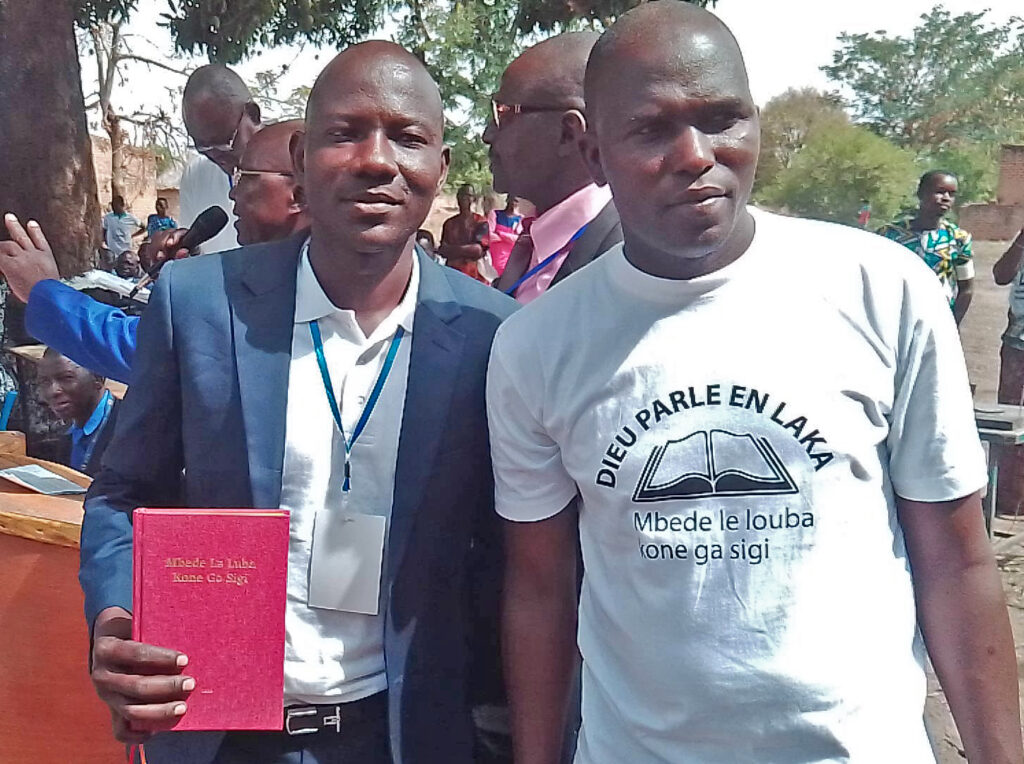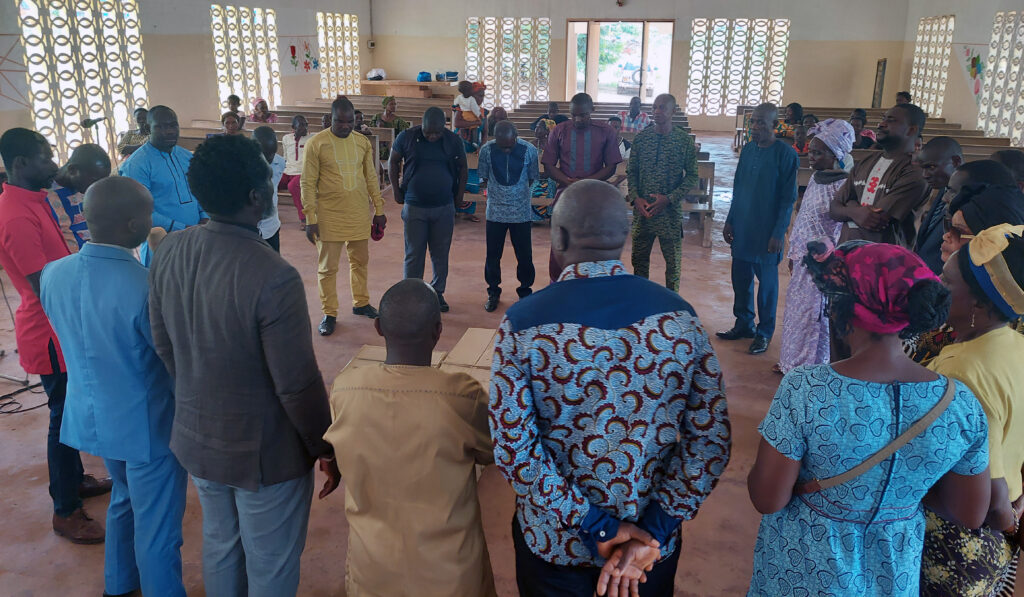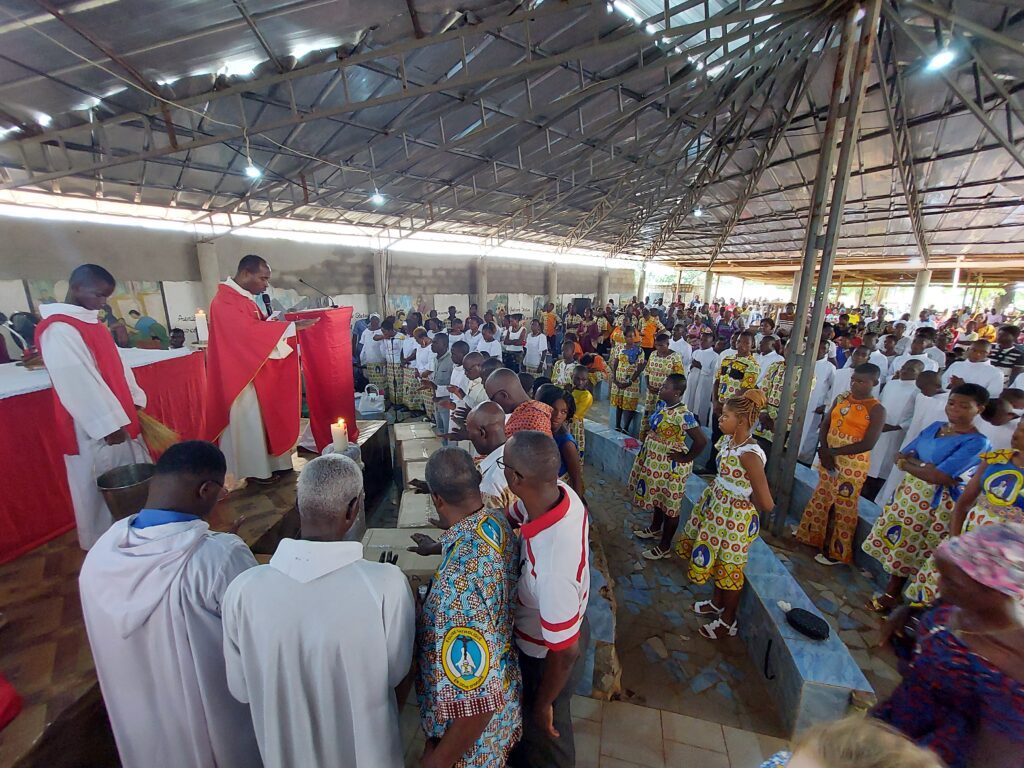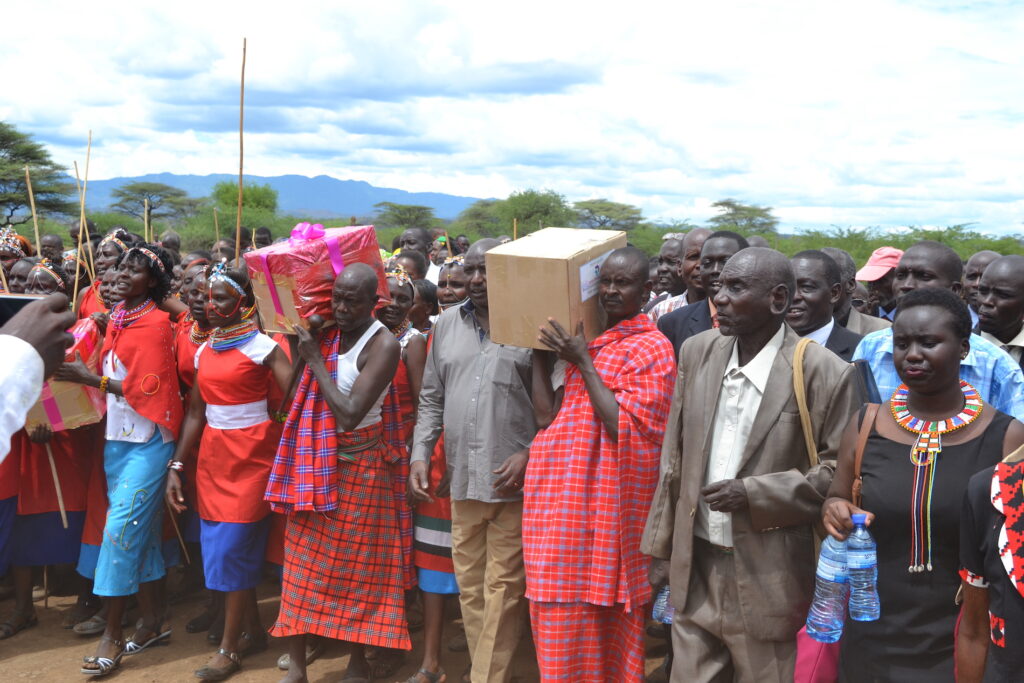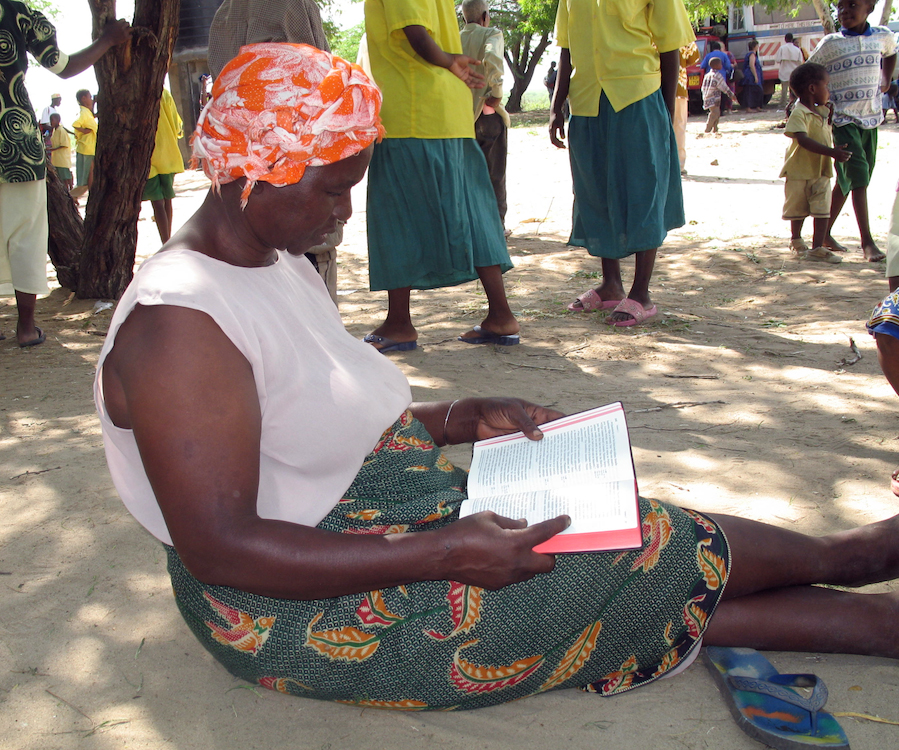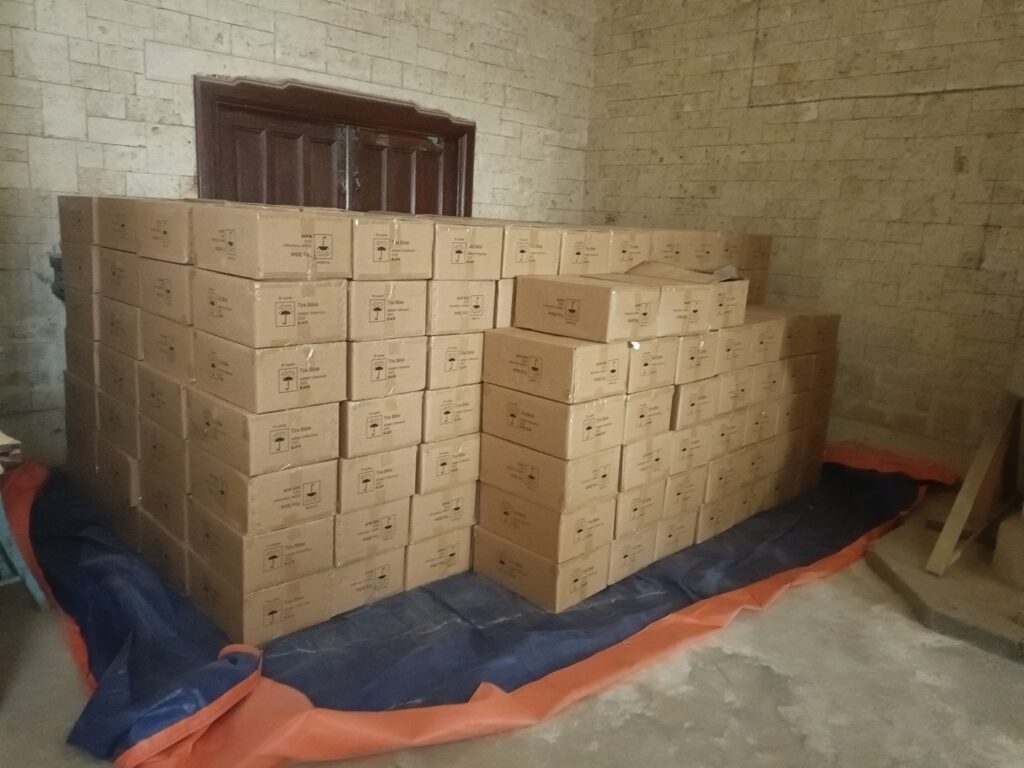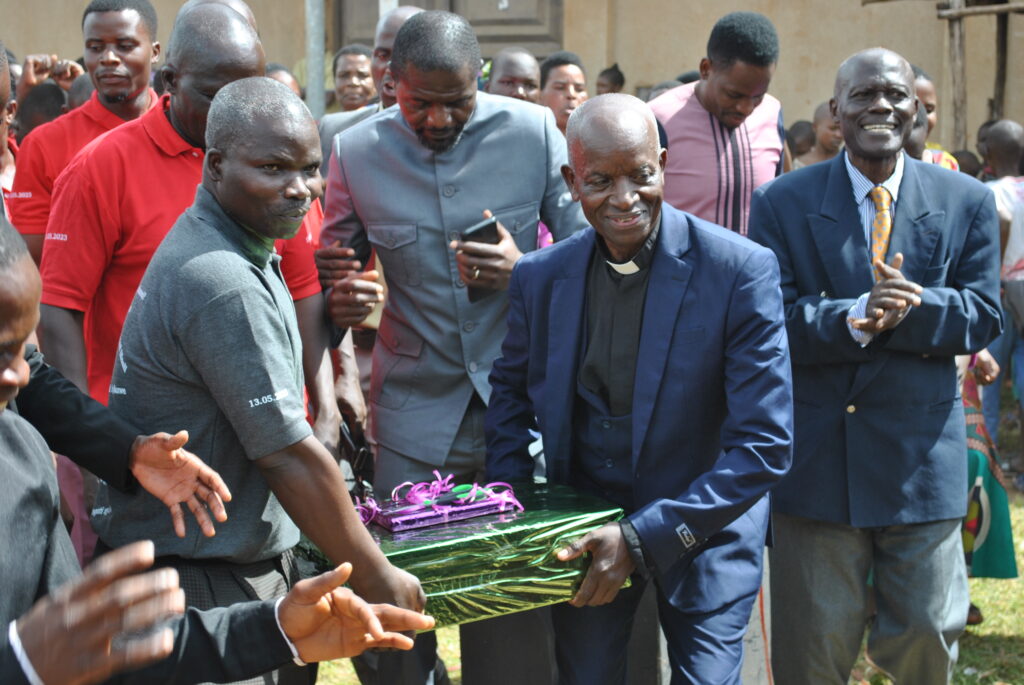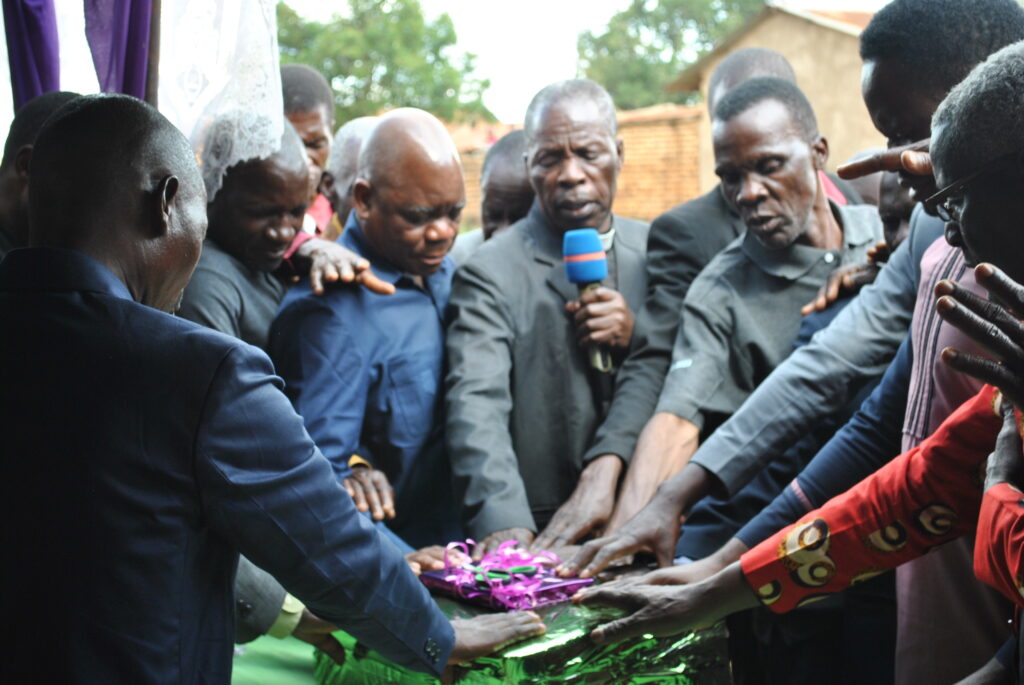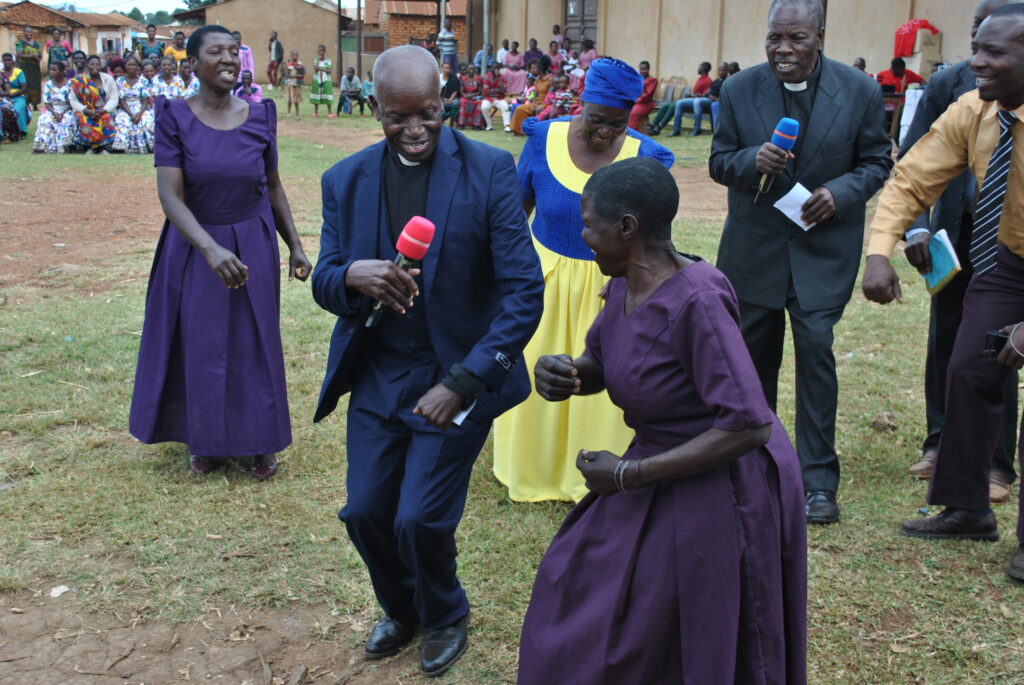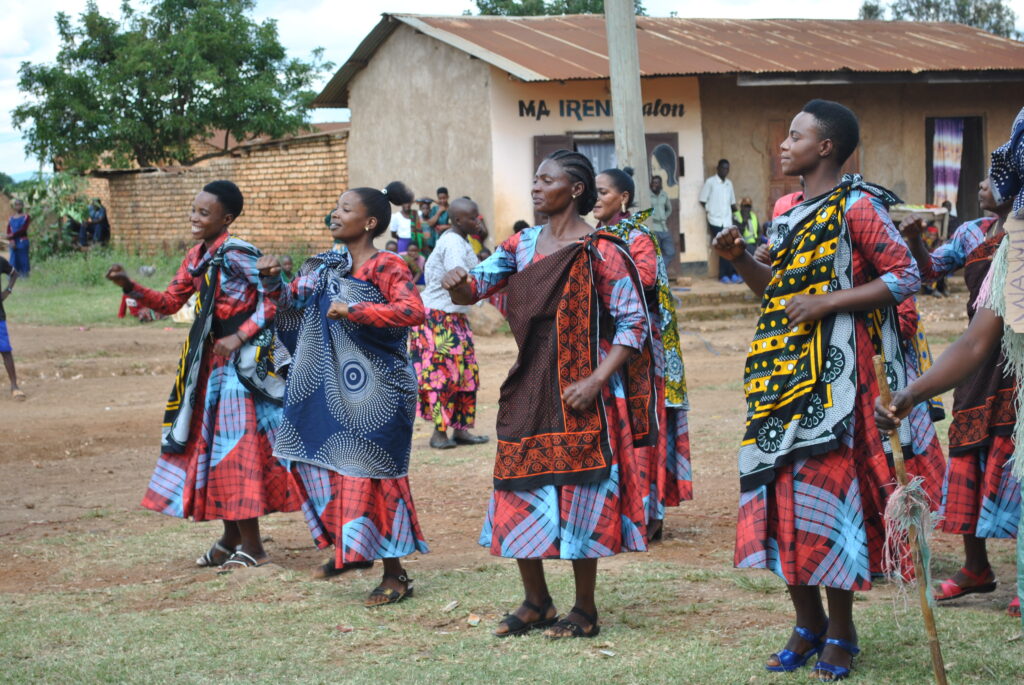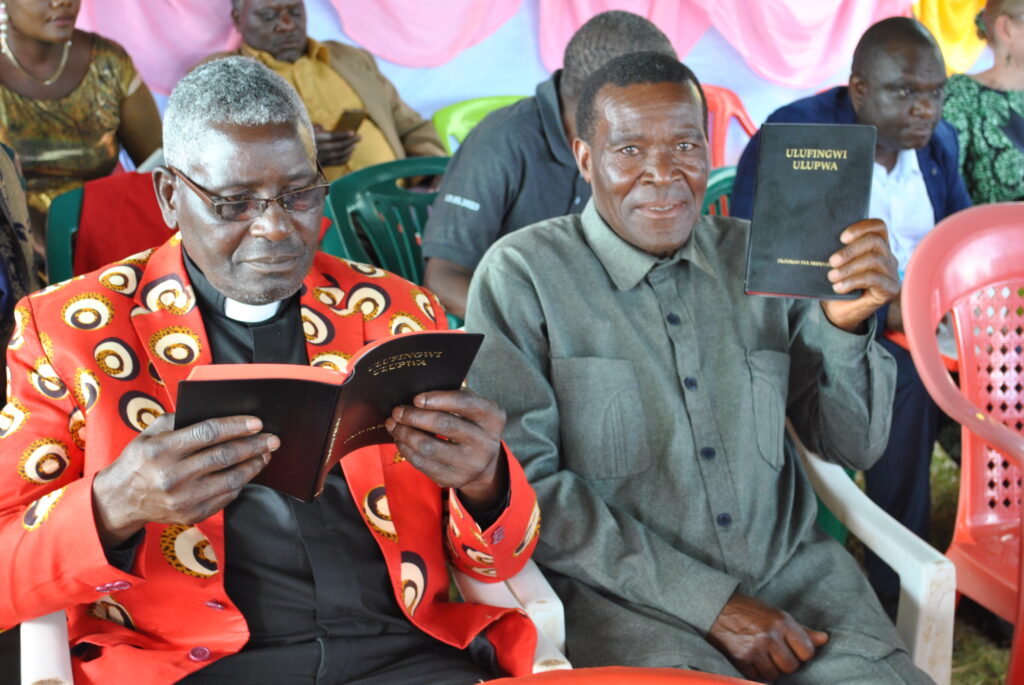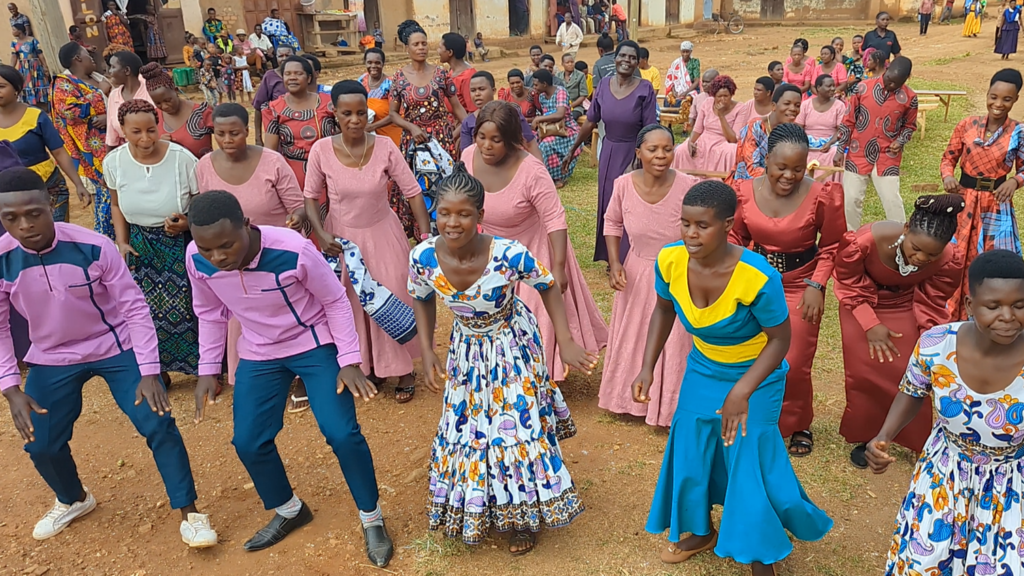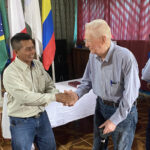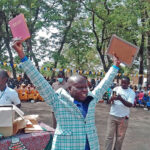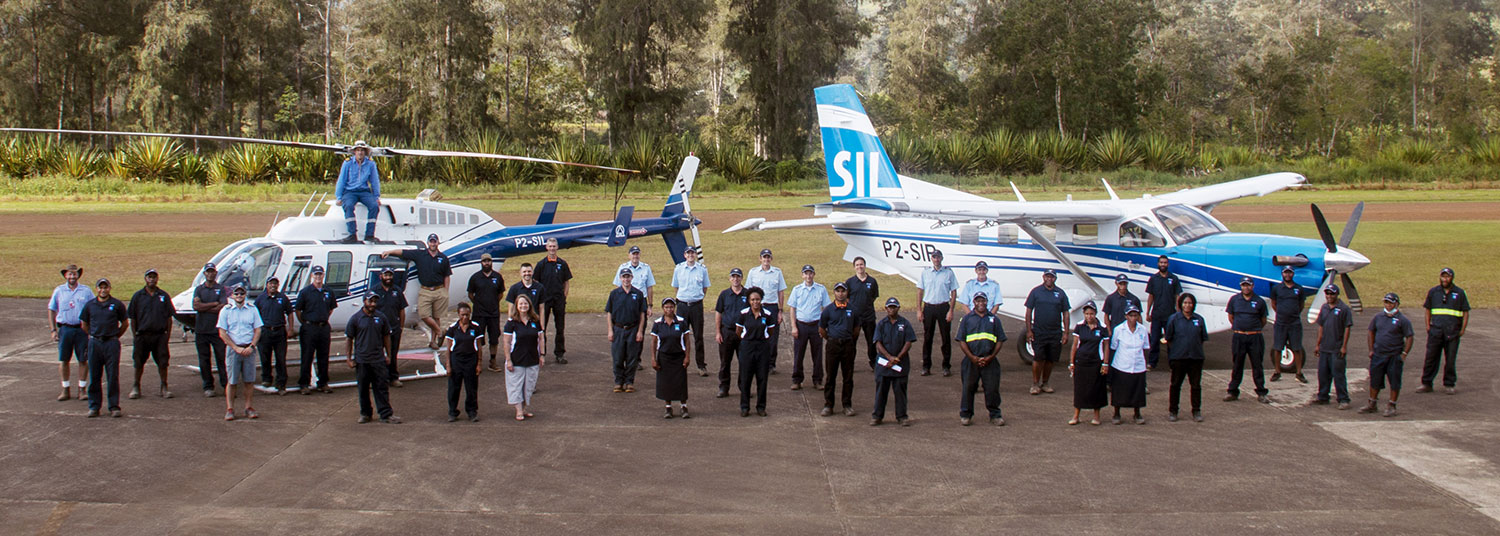PT-6 Engine Course and Giving Them the Knowledge They Need
A Gap in Skills and Knowledge of the PT-6 Engine
Just as our bodies don’t work without food, an aircraft doesn’t fly without fuel. Most of the people who still need to hear and experience the gospel can be reached only by aircraft. For them, if the aircraft doesn’t fly, they don’t have access to God’s Word and love.
Increasingly, aircraft flown in these remote areas use turbine engines rather than piston engines because it can be difficult to find avgas—the type of fuel used in piston engines—in a number of these hard-to-reach countries. “It’s getting harder and harder to get ahold of avgas [in these places],” said Jon Damon, the JAARS aviation-maintenance training coordinator. “And [in] a lot of these locations, it’s very, very expensive if you can find it. Whereas Jet A, which is used in the turbine engine, is less expensive and a lot more readily available.”
Thus, maintenance specialists increasingly need a specialized knowledge and skill base regarding the turbine engine, specifically the PT-6, which is used in the aircraft found in many of these hard-to-reach locations.
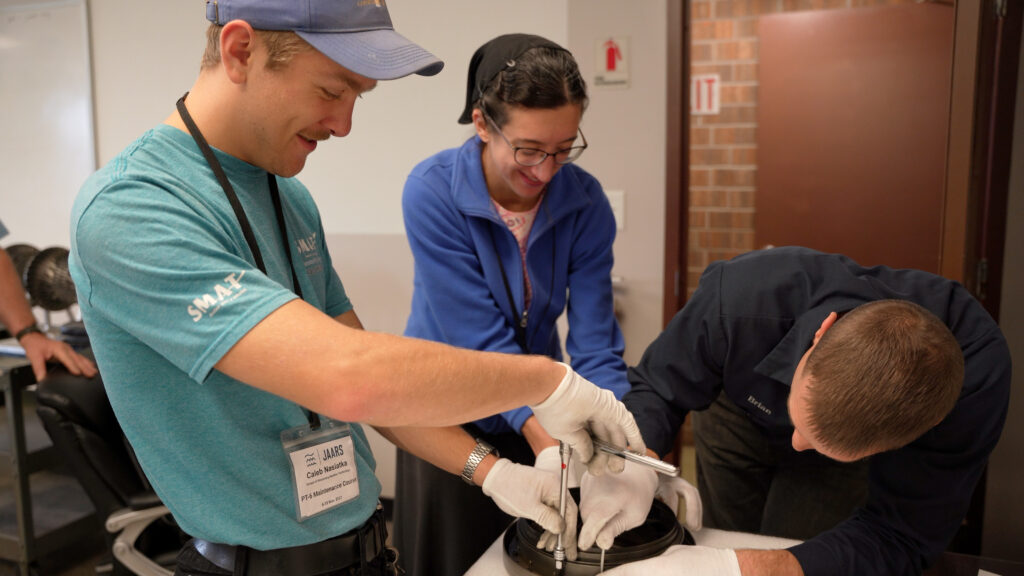
God is calling maintenance specialists to share the gospel at the ends of the earth, but many of them lack the skills and knowledge to serve him well there. This gap is the “last mile” before they can serve, and JAARS seeks to cover it.
A group of recent graduates from SMAT (School of Missionary Aviation Technology) in Michigan saw this gap in their training. One of the instructors, Christina Lehigh, also saw room for improvement. “We have a whole turbine jet-engine class, so the PT-6 portion of that is very small and brief.” Christina teaches people who will one day serve overseas and work on these engines, so the more in depth she and the other instructors can teach, the better for their students.
Page Uebbing, a recent SMAT graduate, sees her Airframe and Powerplant certificate as a certificate to keep learning. So when a group of recent graduates from SMAT decided to take the PT-6 course at JAARS, she joined them. Looking back, she said, “I realized that God got me into [this course] because PT-6s are so widely used in missionary work.” Christina also decided to take the course. “I definitely knew I needed [more] training.”
The PT-6 Course
The training the SMAT students and instructor received at JAARS was a deep-dive into the world of turbine engines. “Everything was more in depth than what I anticipated, which was excellent,” Christina said.
The quality of the teaching—the methods of teaching, the detail, the hands-on portions, and the engine run-up checks—far exceeded her expectations.
At our course, unlike most others, students have the opportunity to run up a PT-6 engine secured on a specialized run stand. Students go through the procedure a pilot would use to start an aircraft, and the students perform basic engine checks. During the run-up, the instructors introduce faults that the students have to find. “It’s so satisfying to be able to trace and use the knowledge that you had and find [the fault] and fix it,” Page recalled. Now she will be able to use this information to maintain and fix engines if she serves the Lord in mission aviation overseas.
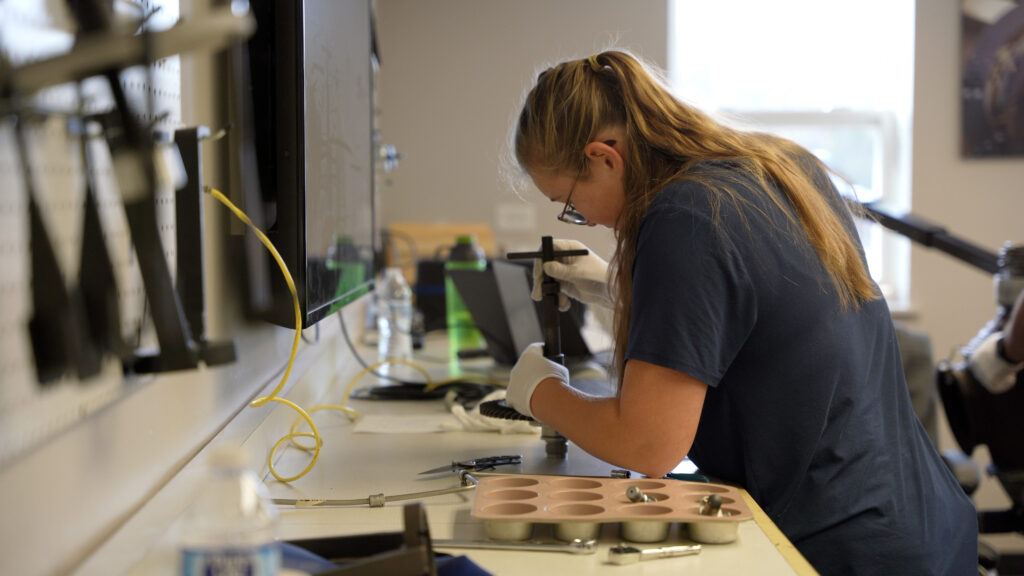
Amid the mountain of information that Page had to tackle in the course, she was thankful for how the instructors pointed out important information—like handholds—for her to cling to so that at the end, when she reached the top, she could look down and see how all the systems worked together.
The students also had the opportunity to take apart the engine and put it back together, which is trickier when the instructors are hiding pieces!
Now Page has more confidence about turbine engines and is better equipped to serve as a maintenance technician overseas in some of the hardest-to-reach places.
Christina not only will take the in-depth information she learned back to mission aviation students at SMAT, but she also is now better equipped as a teacher. “For me, the highlight was the instructors and how [the course] was taught: teaching it step by step very thoroughly, using lots of good diagrams and schematics, animations, and then quizzing us in the morning, going back over everything I learned the day before. And having us teach it back to them.”
She hopes to try some of these new methods at SMAT. And if the Lord leads her to serve overseas, she’ll be ready to take the next step.
Are YOU ready for the next step? There’s a huge need for maintenance specialists to serve in hard places.
If God is calling you to use your technical skills in missions, sign up for the Apprentices program here or learn more about our open Lead Aircraft Maintenance Technician position

